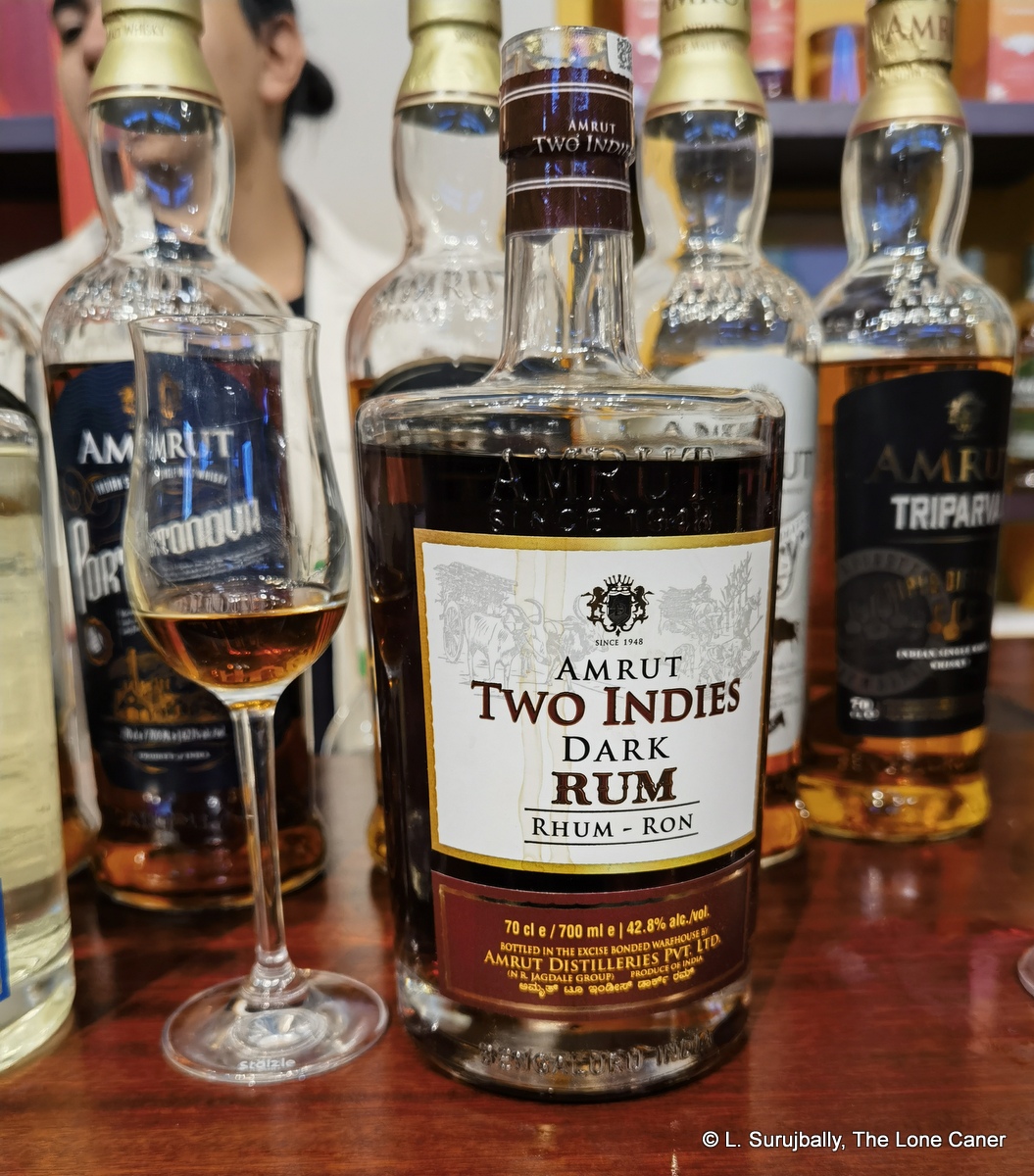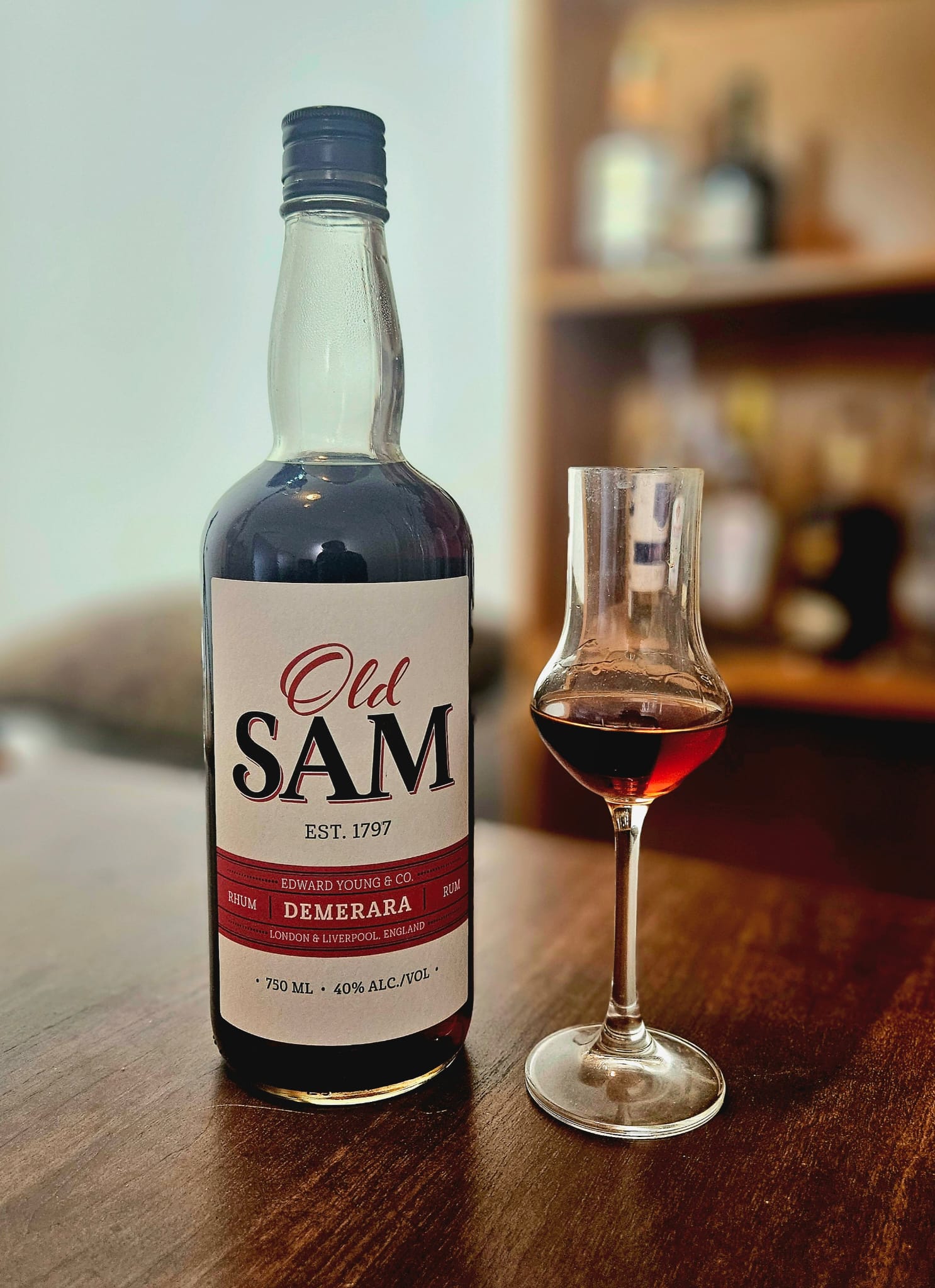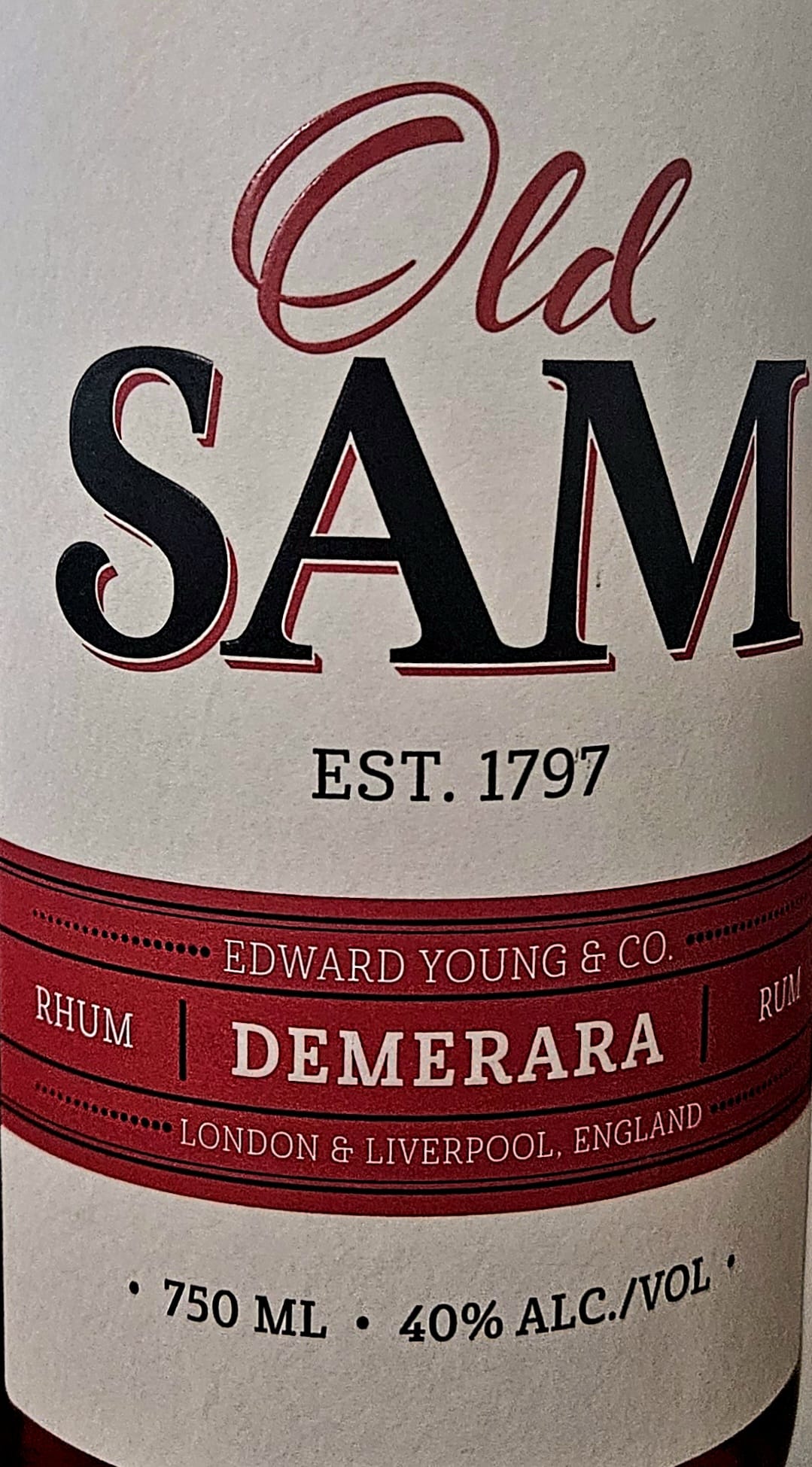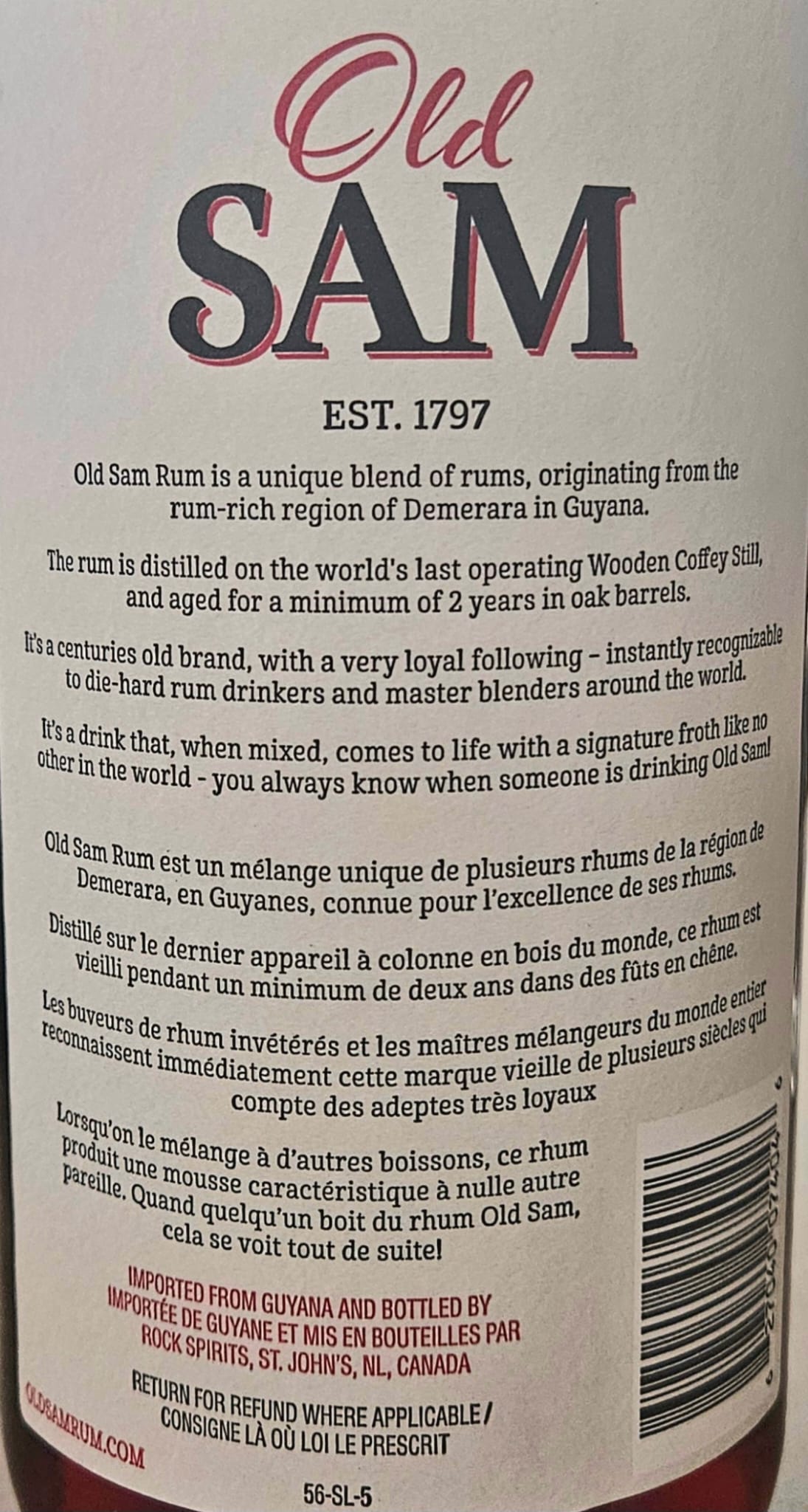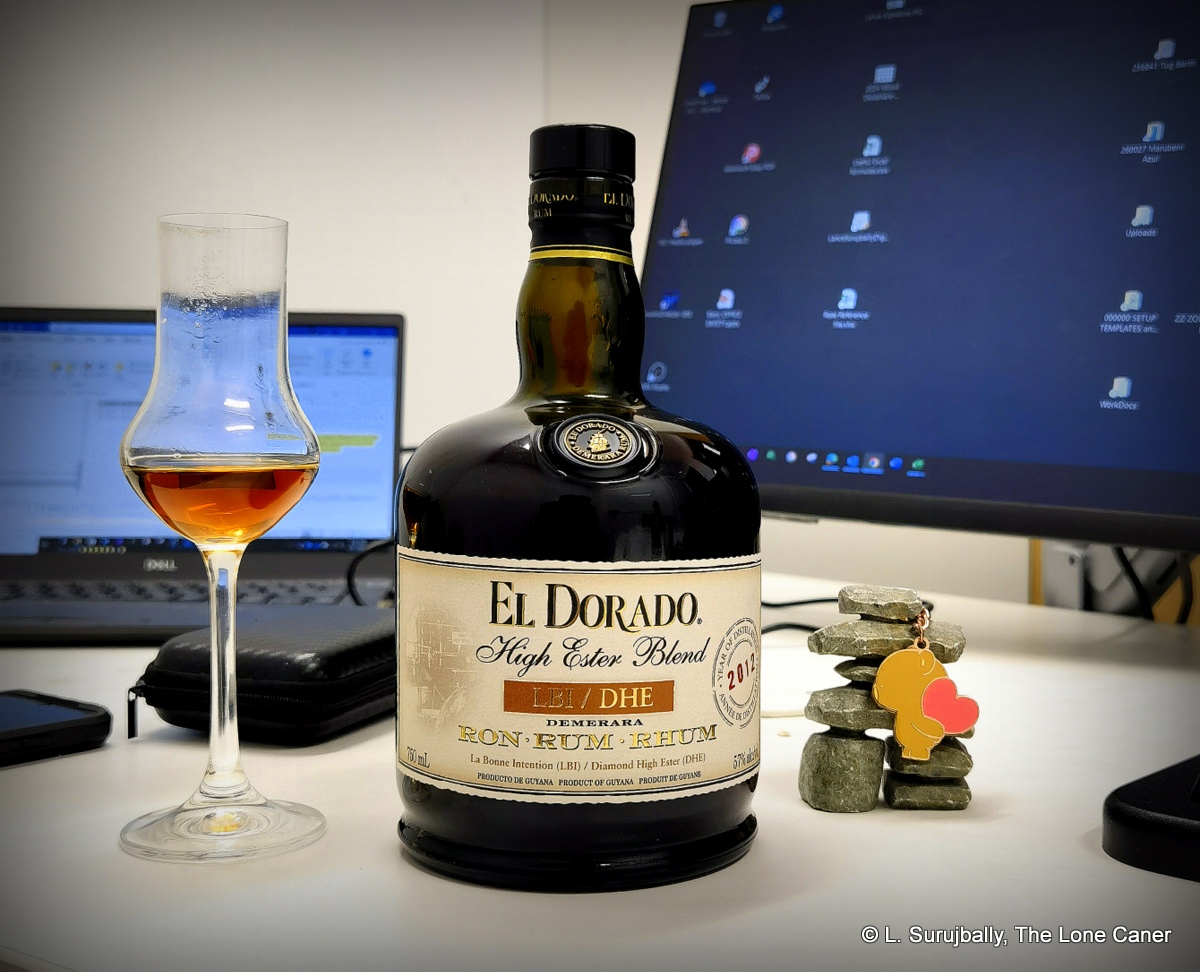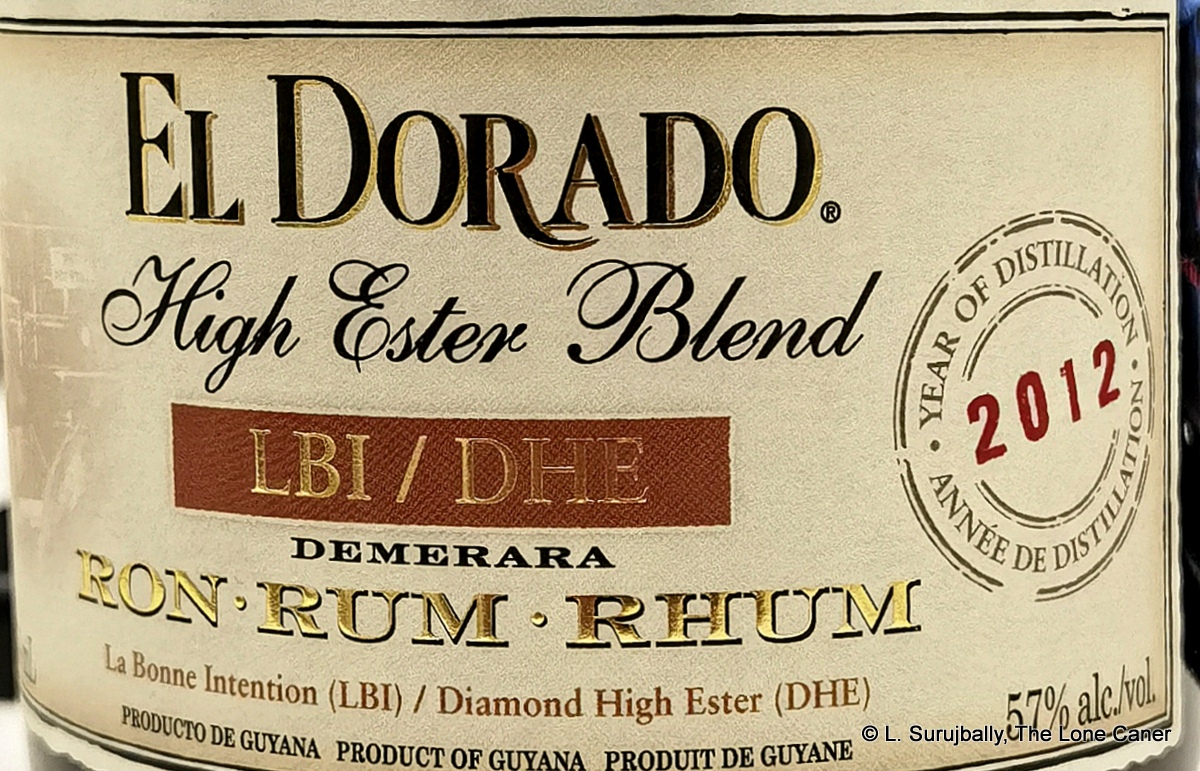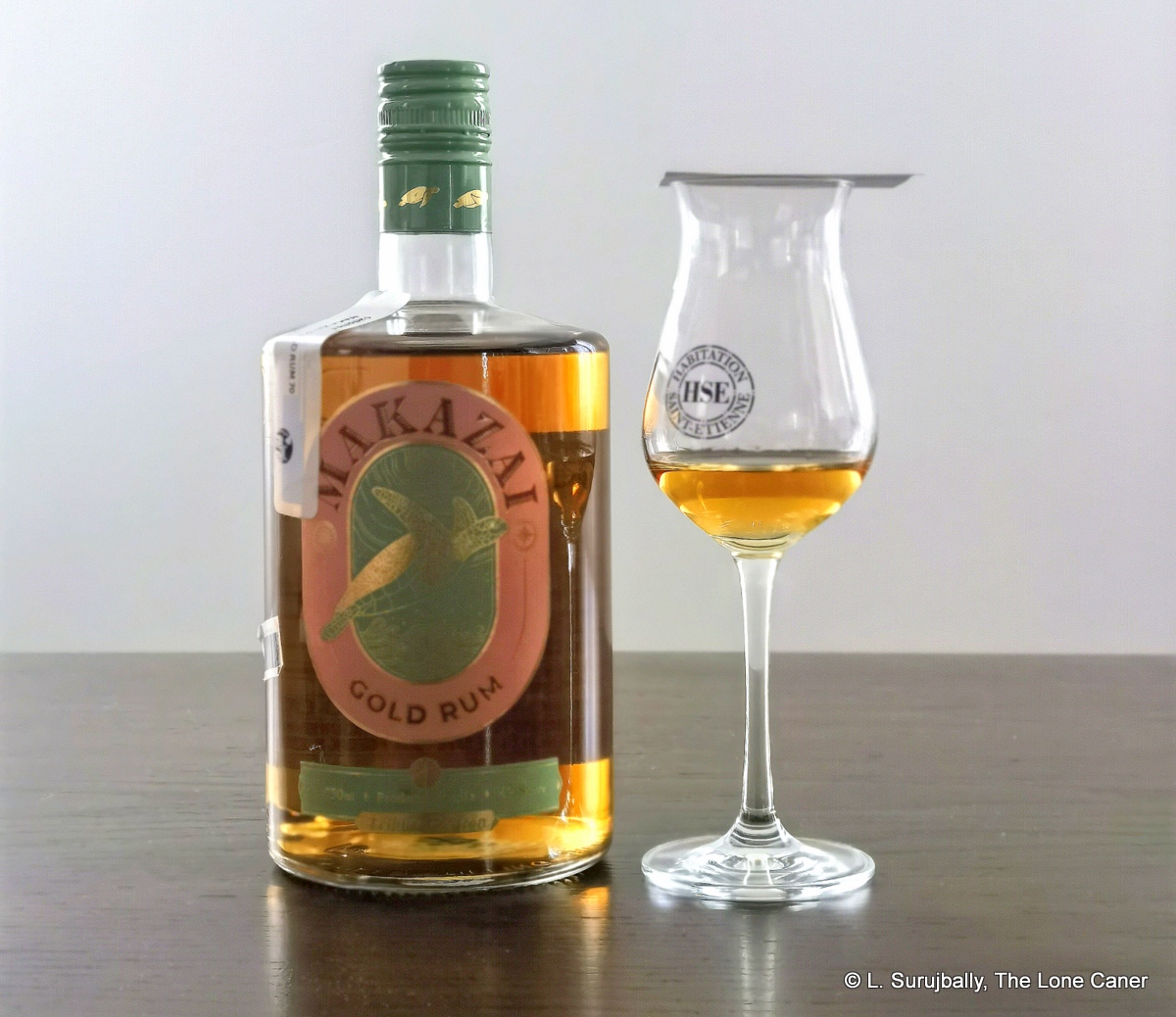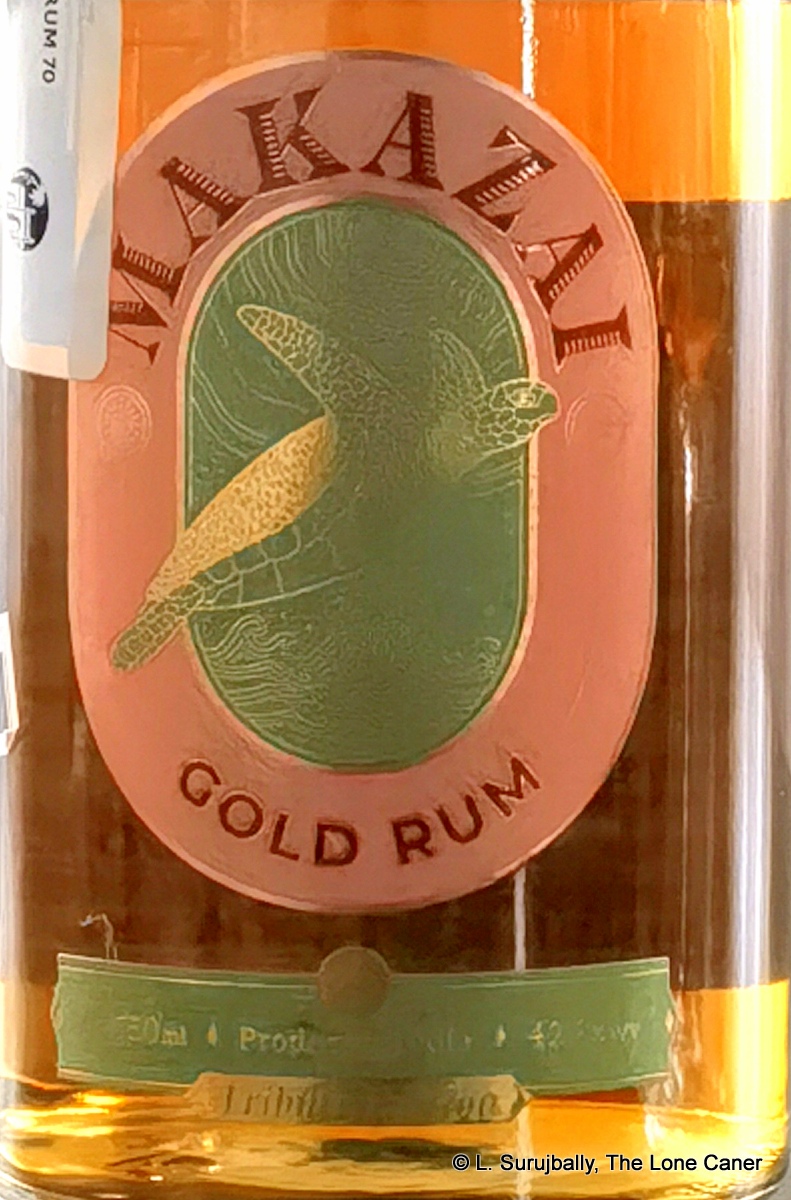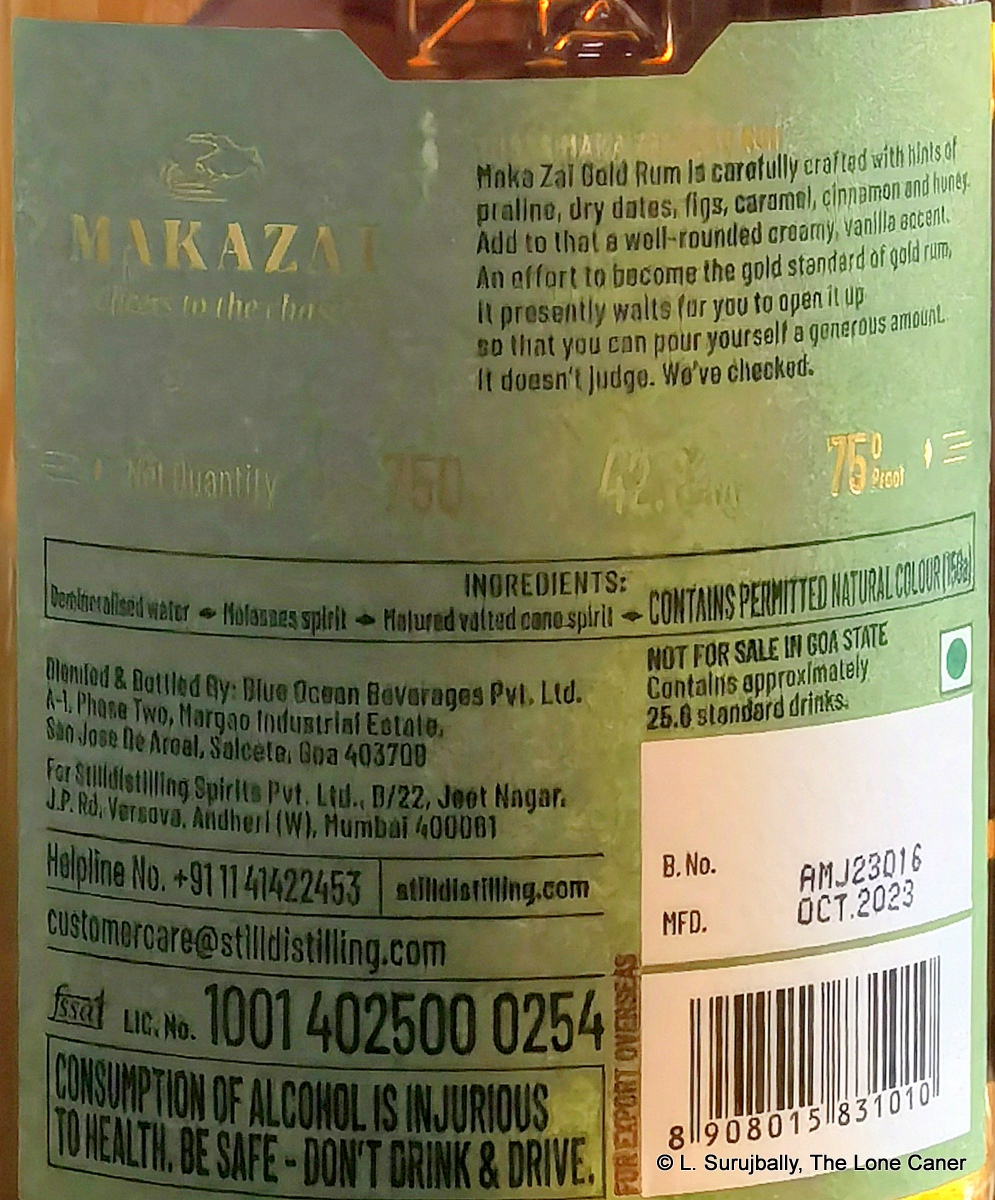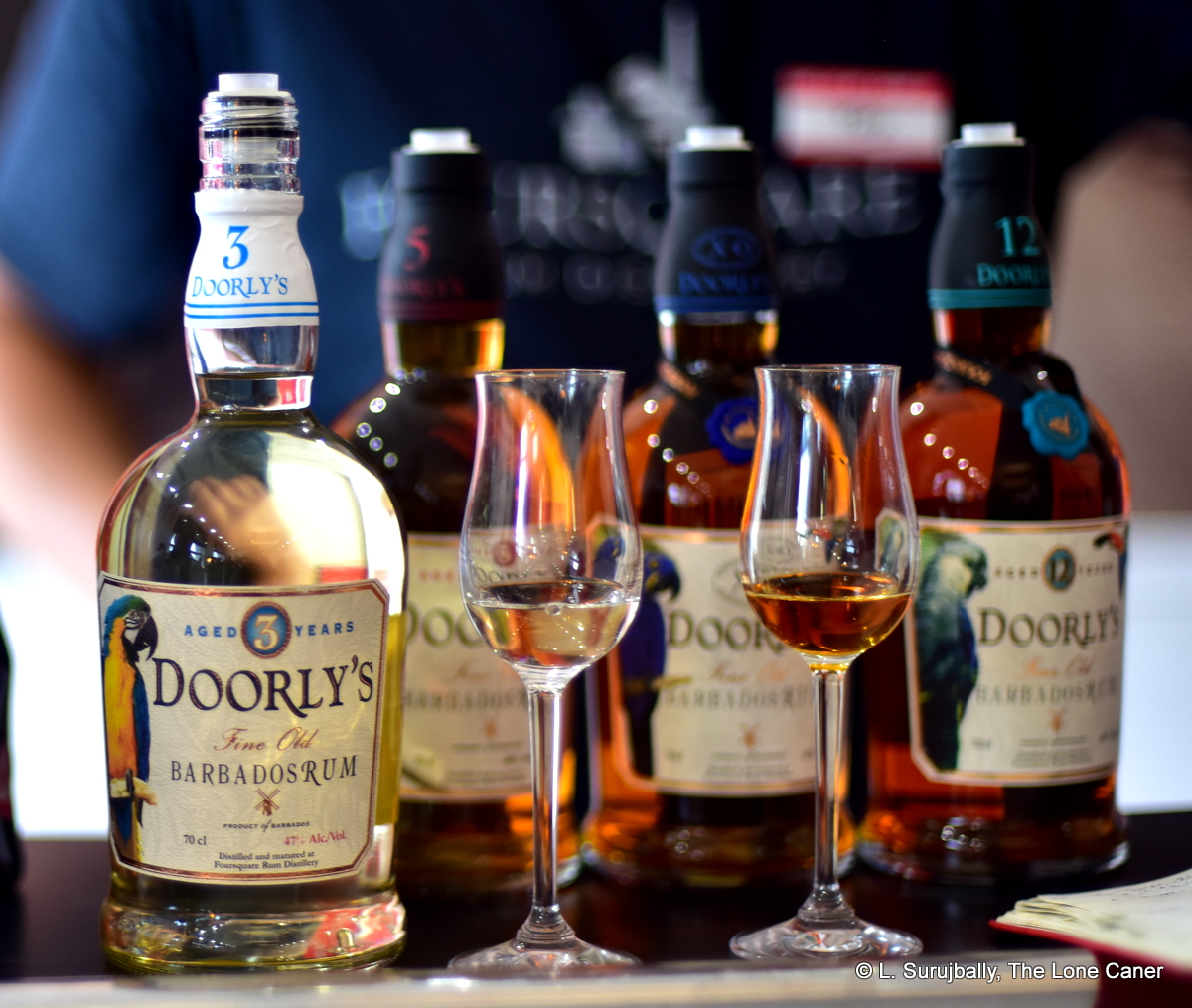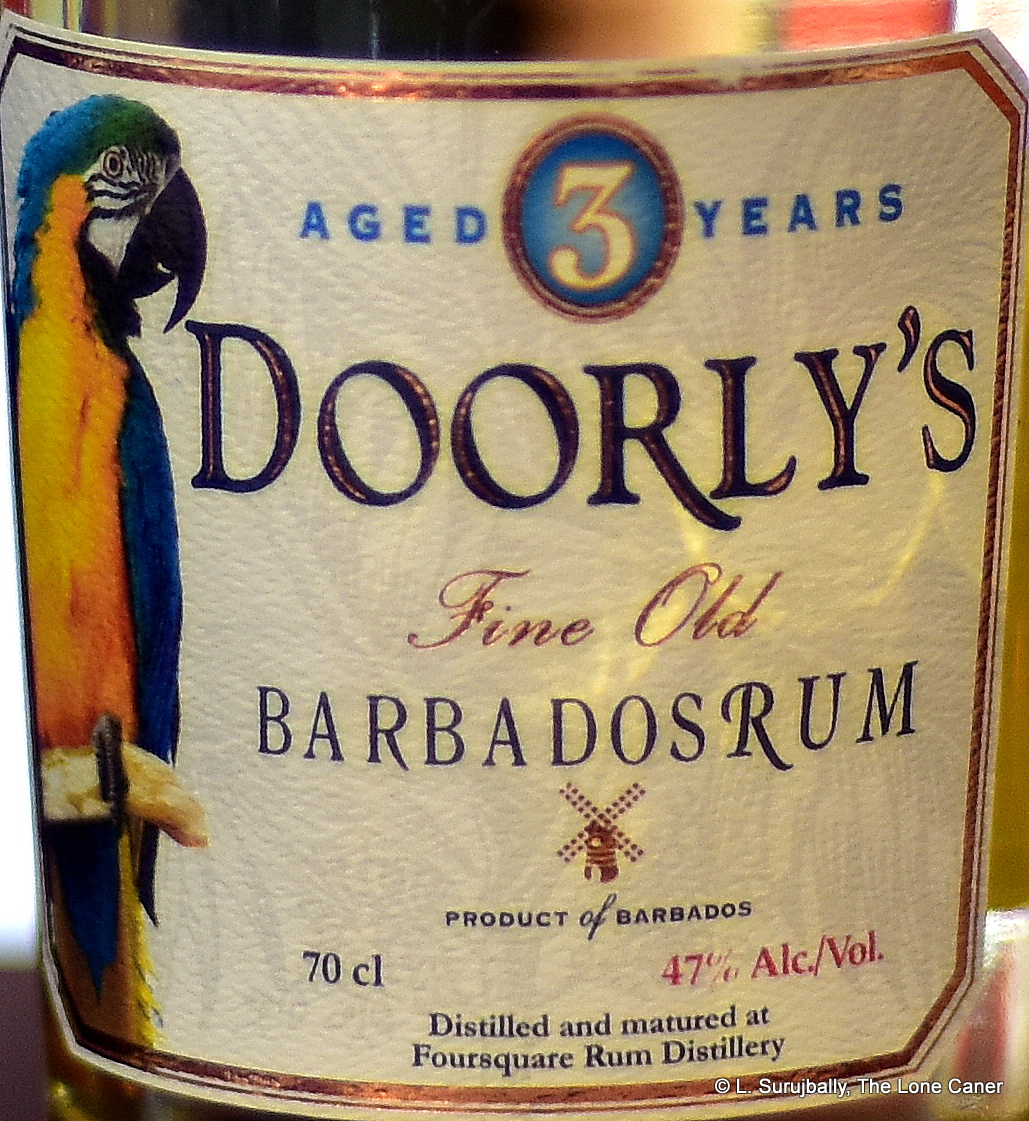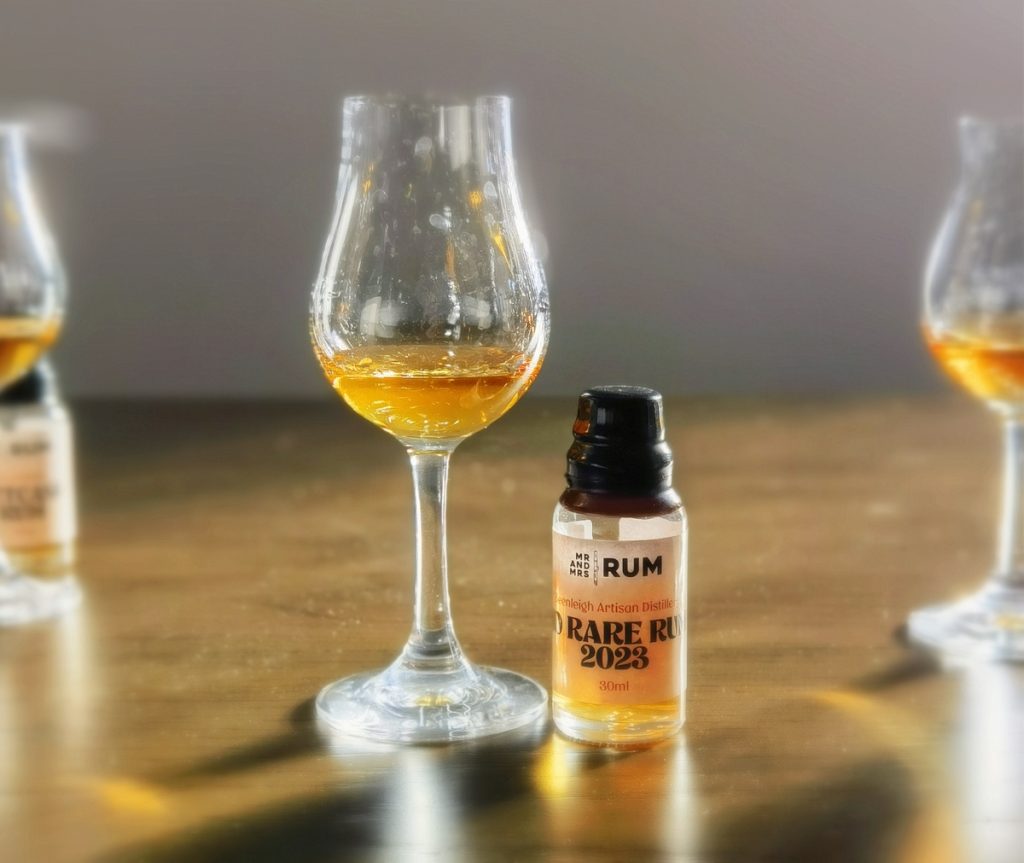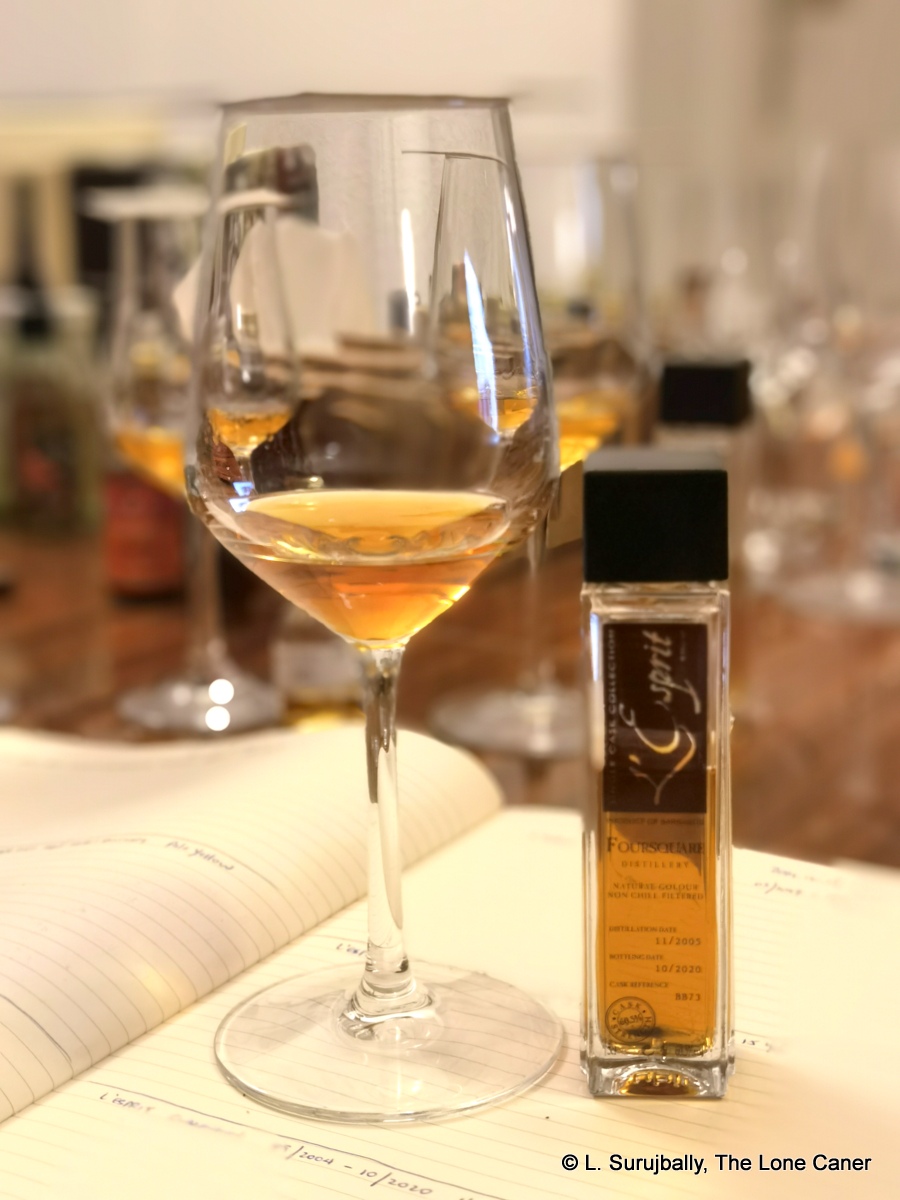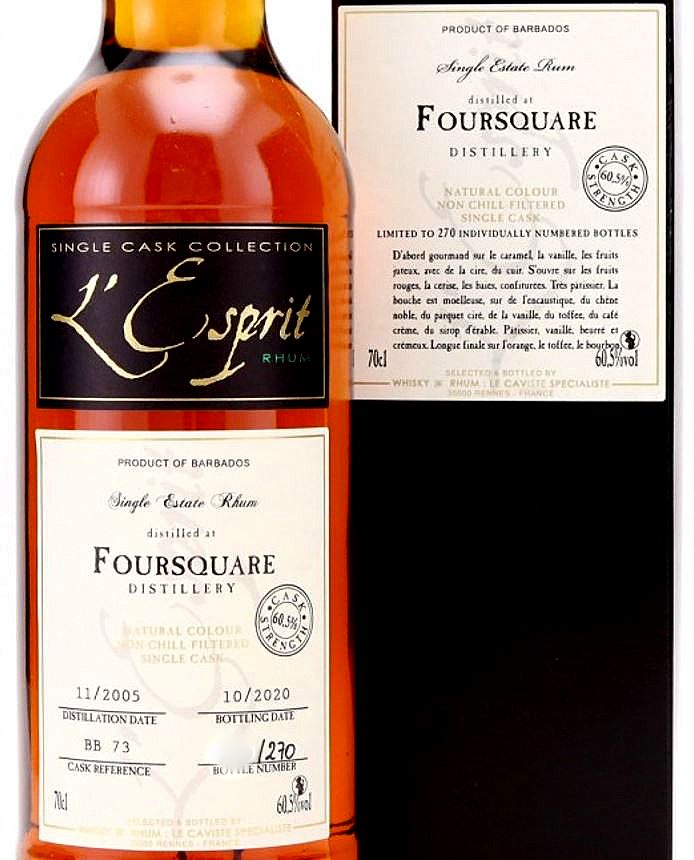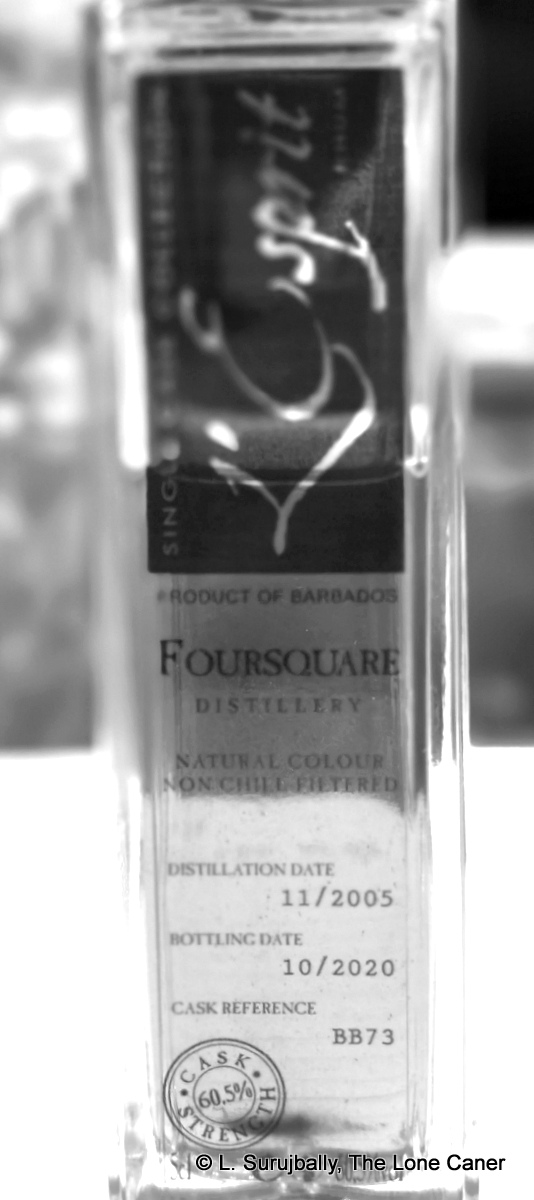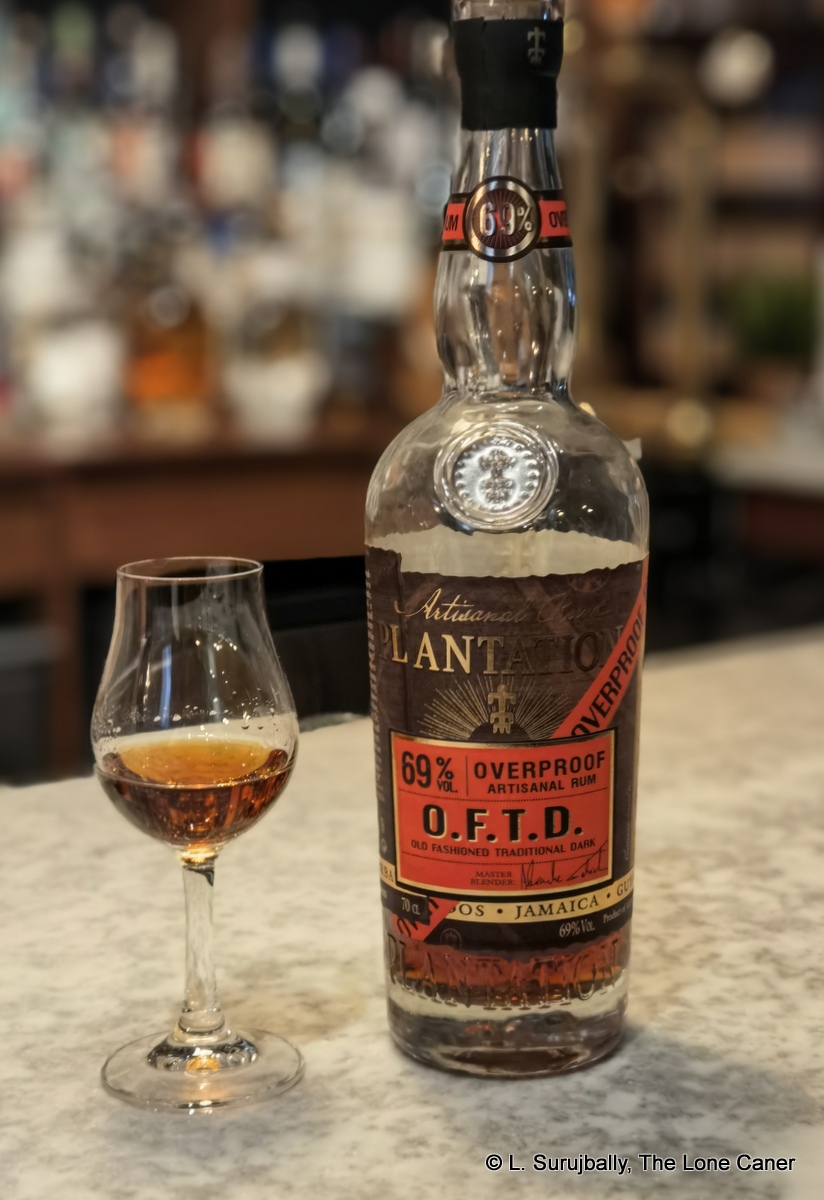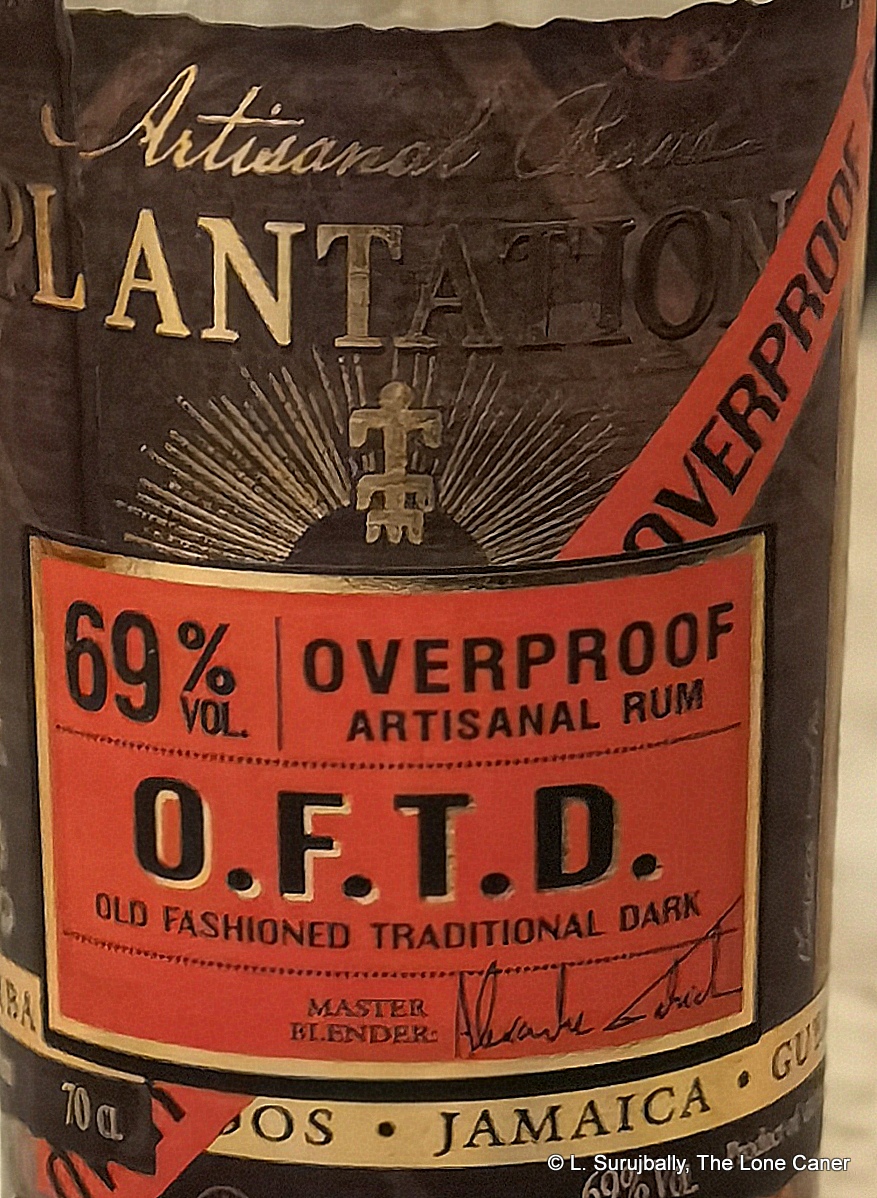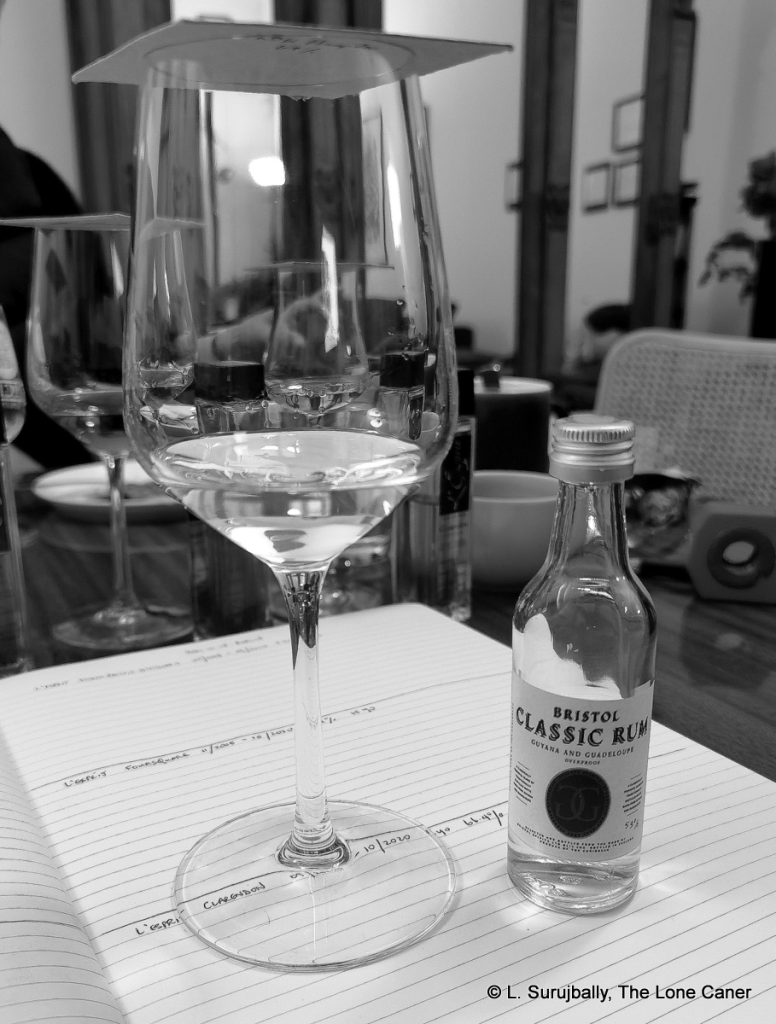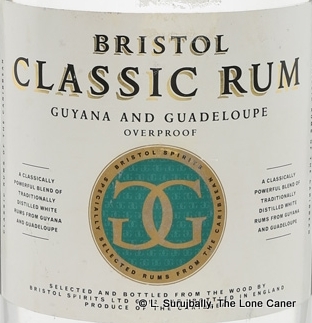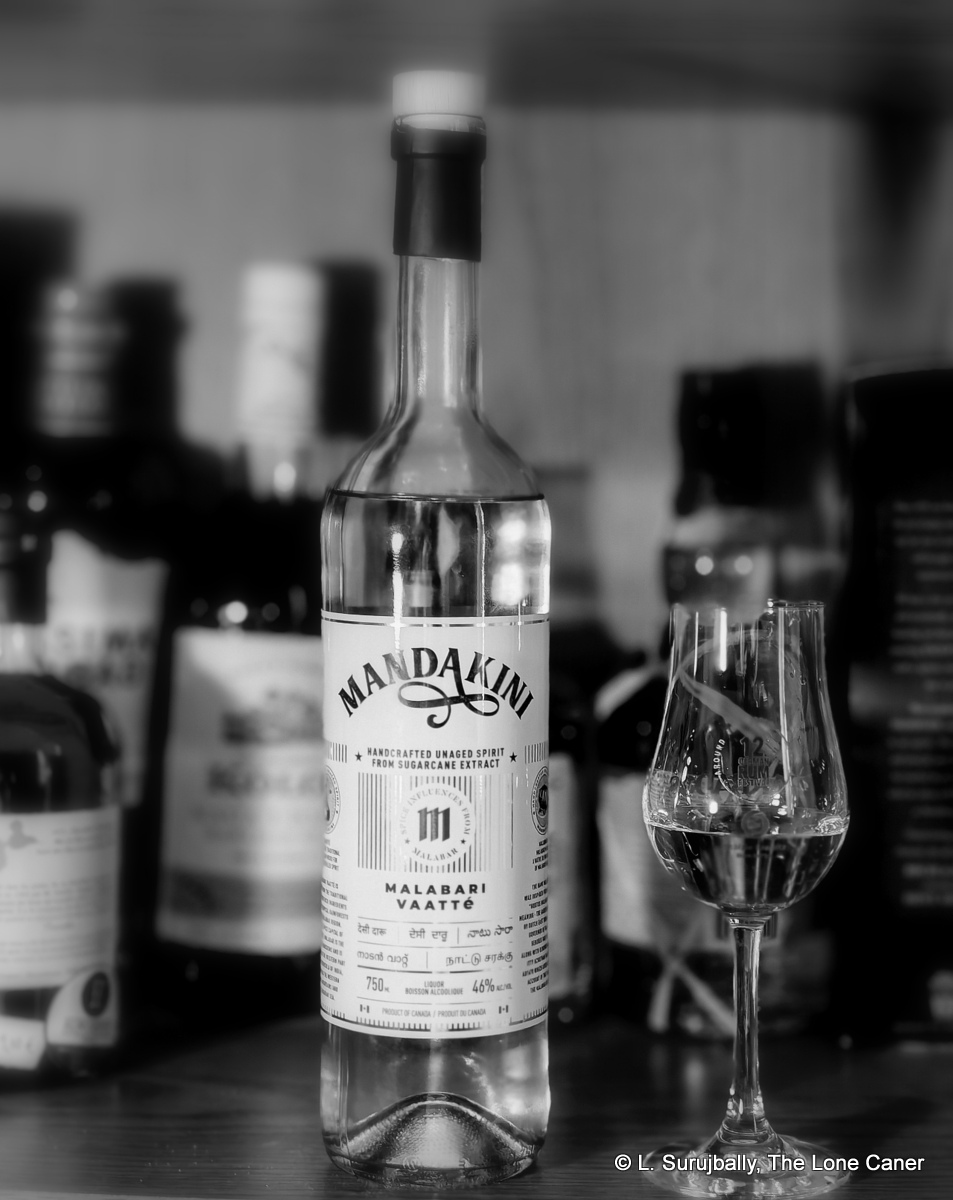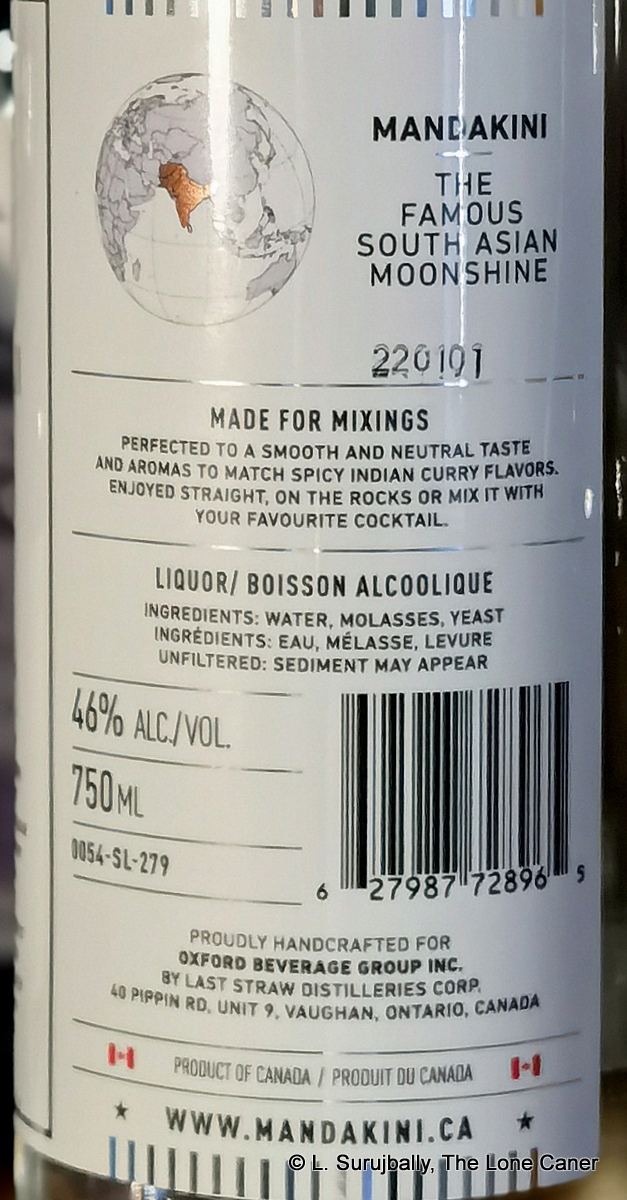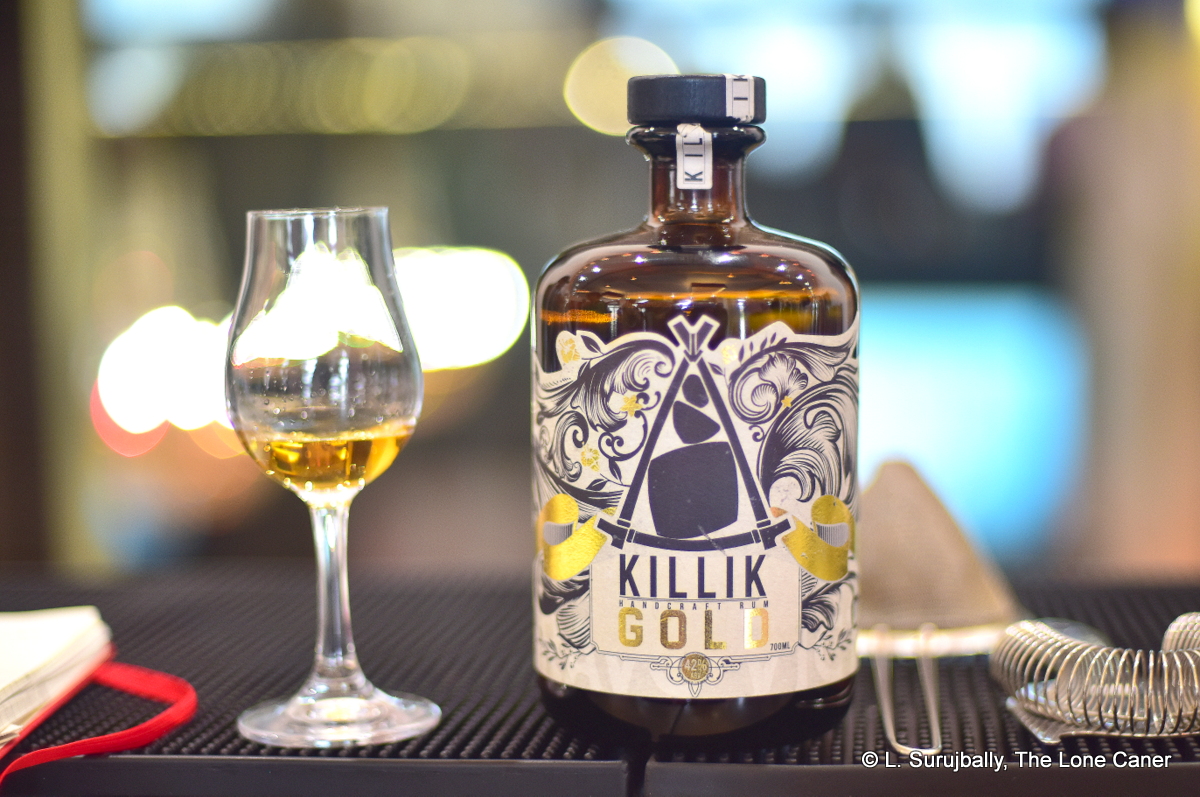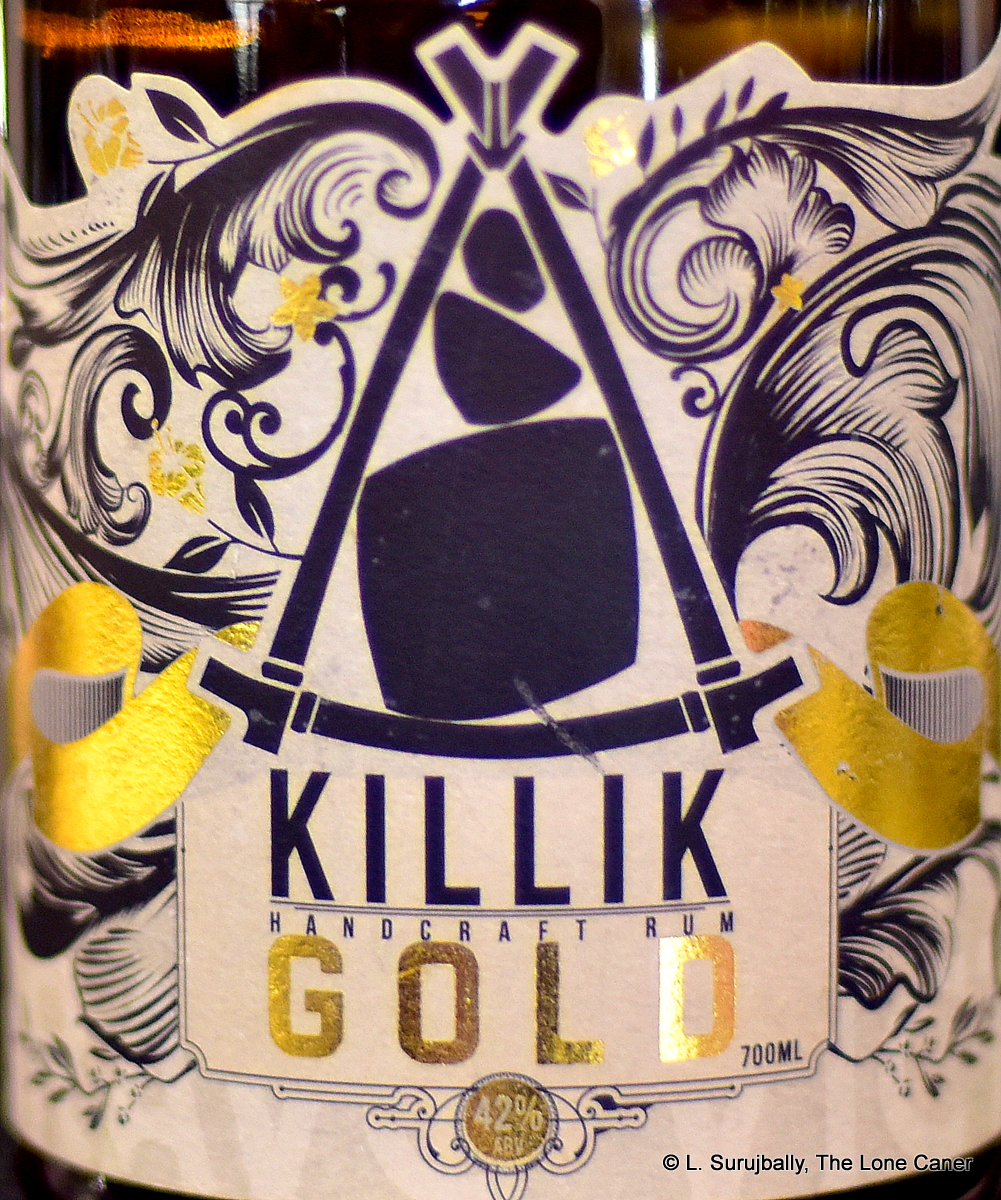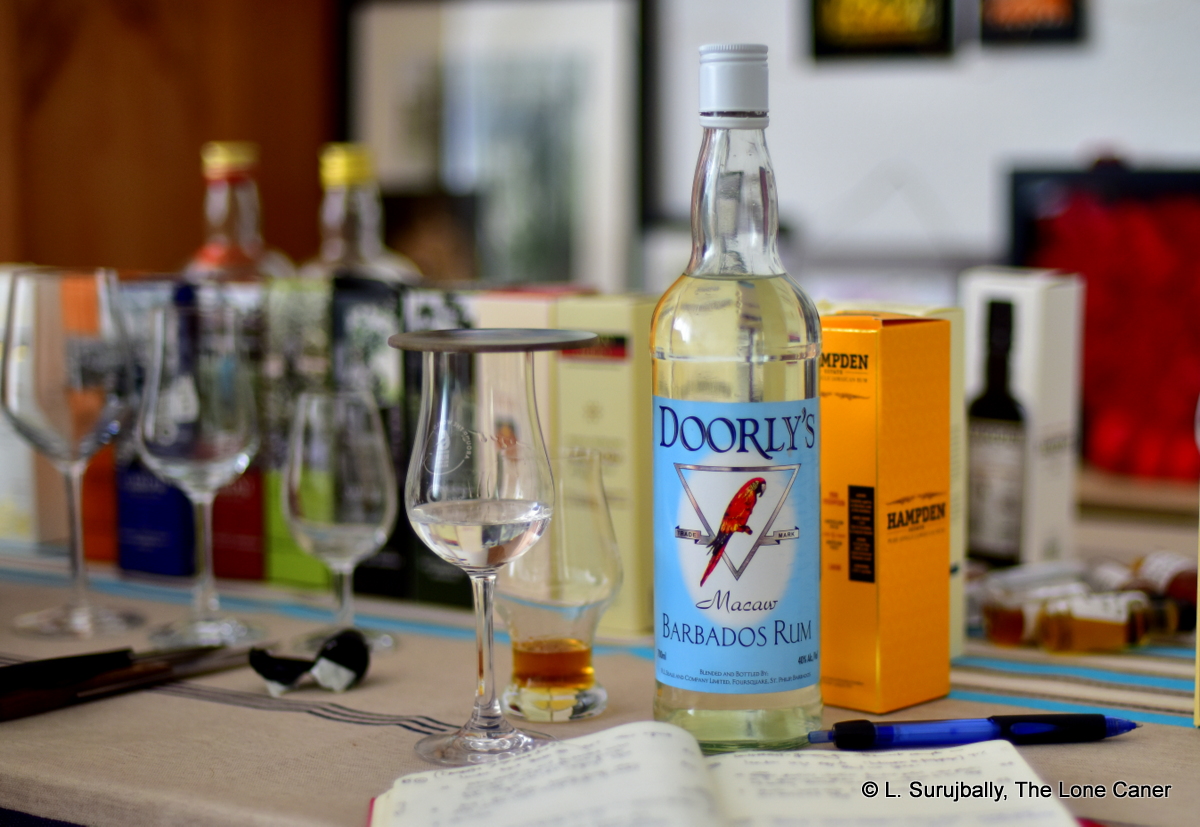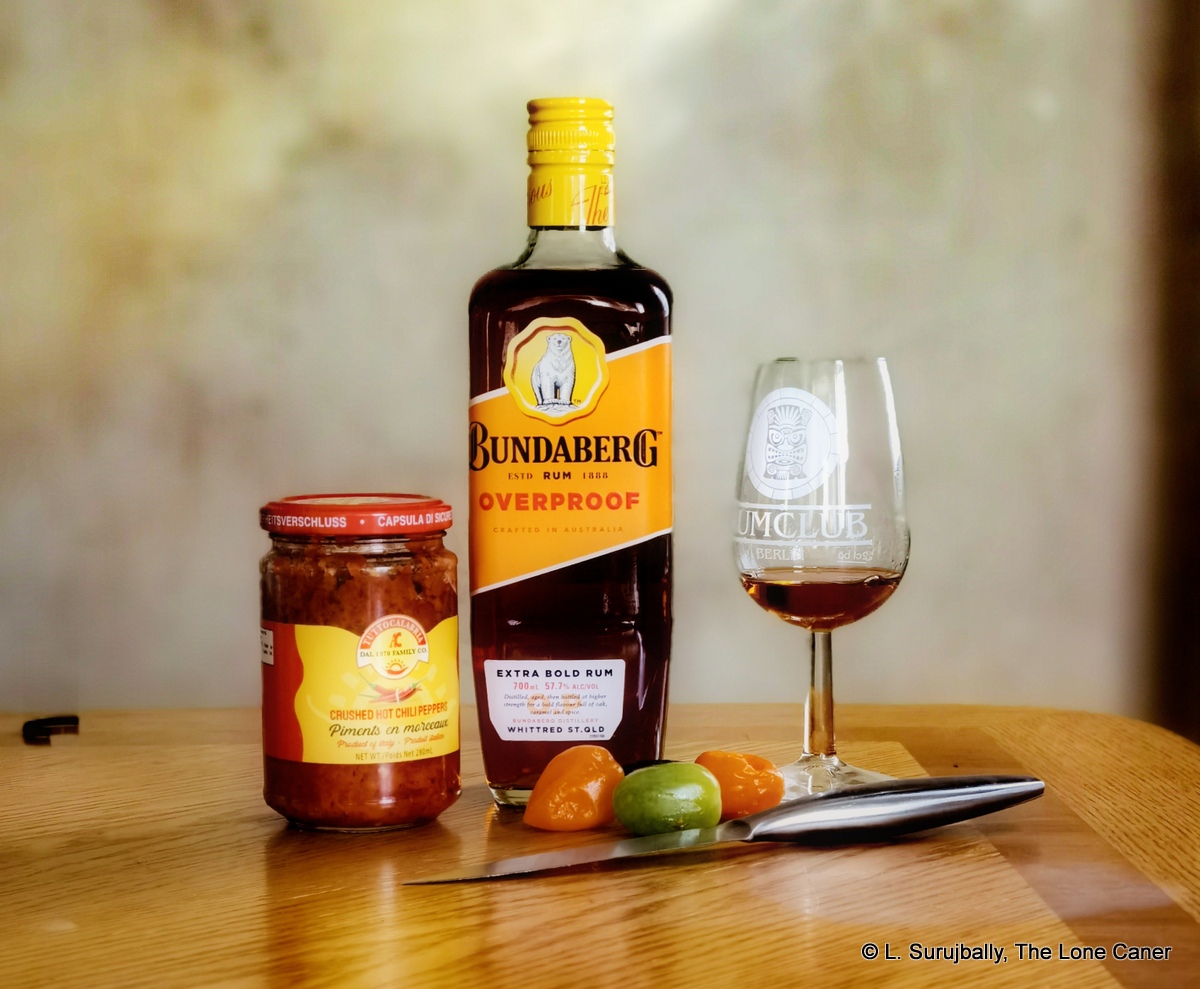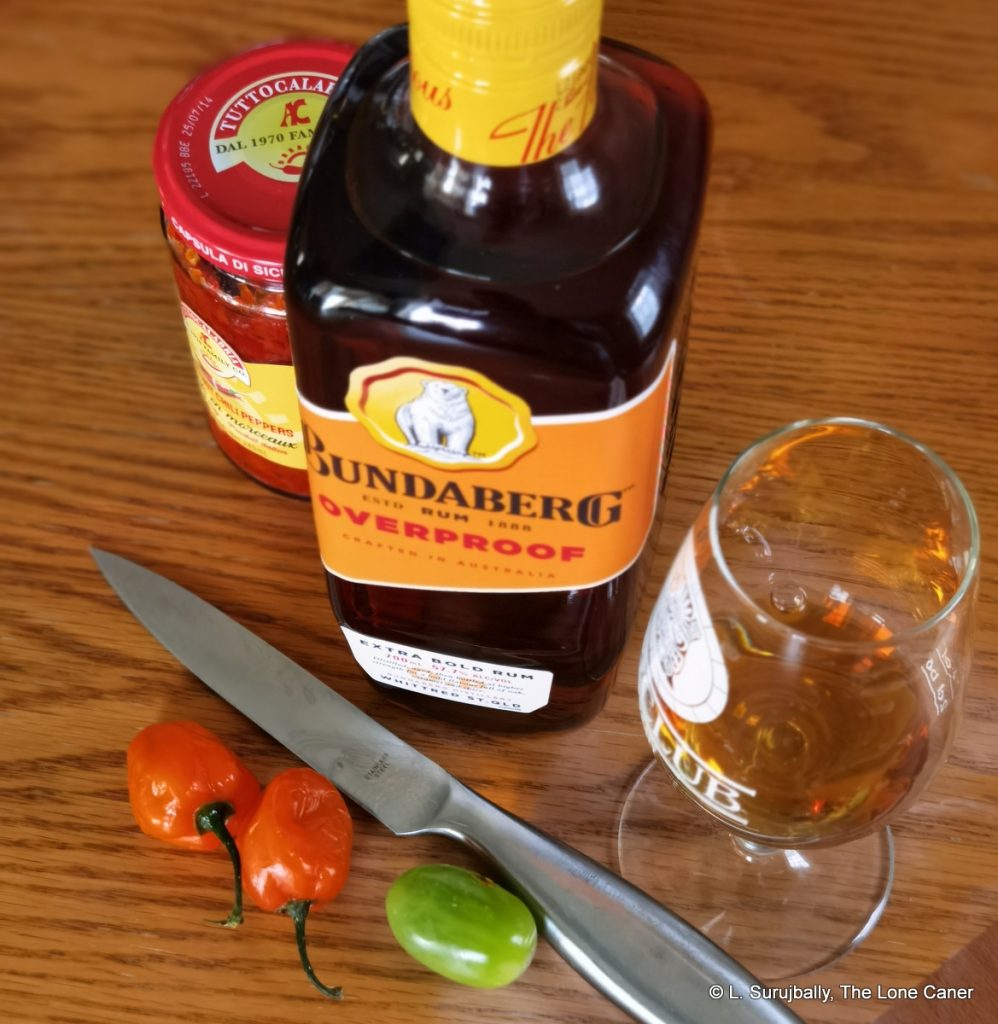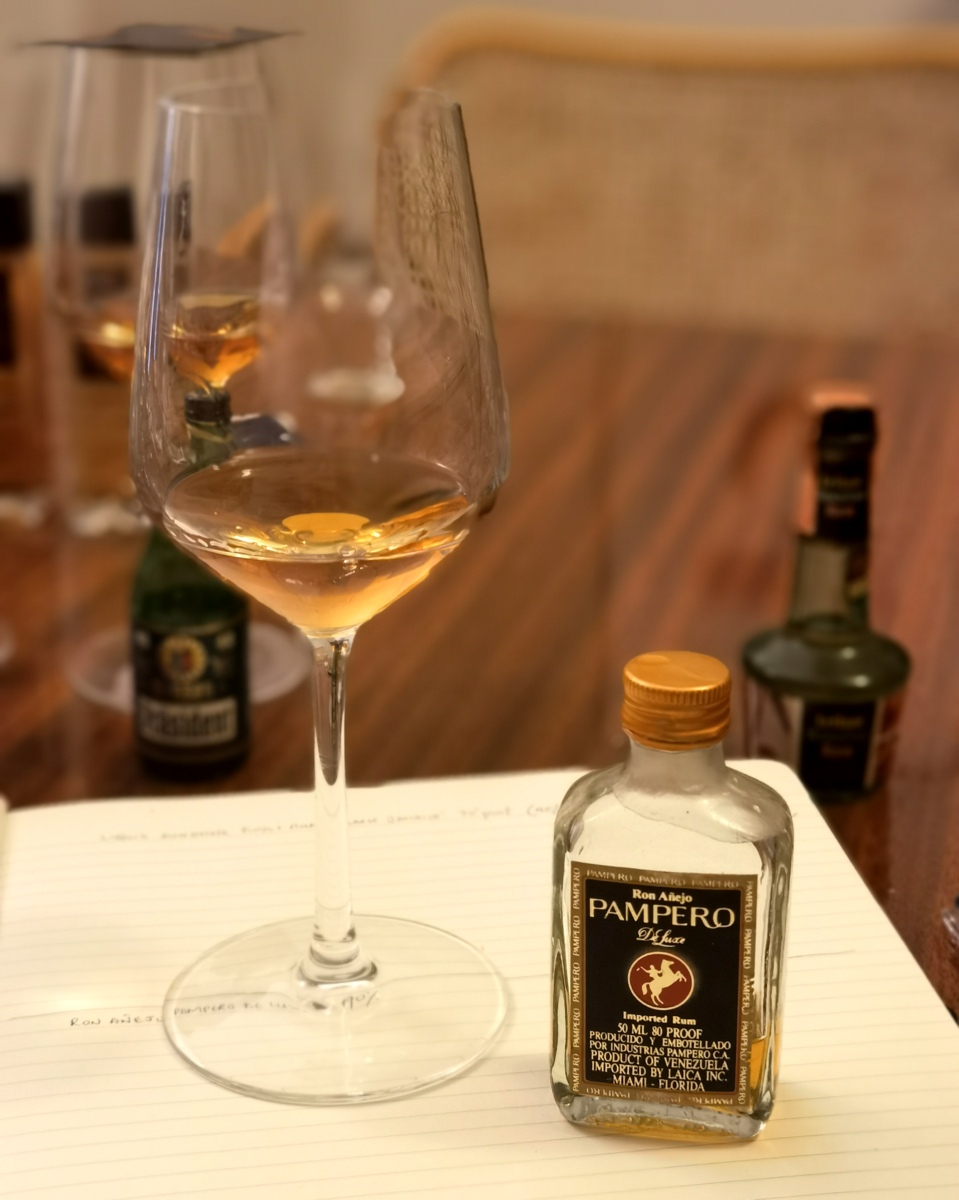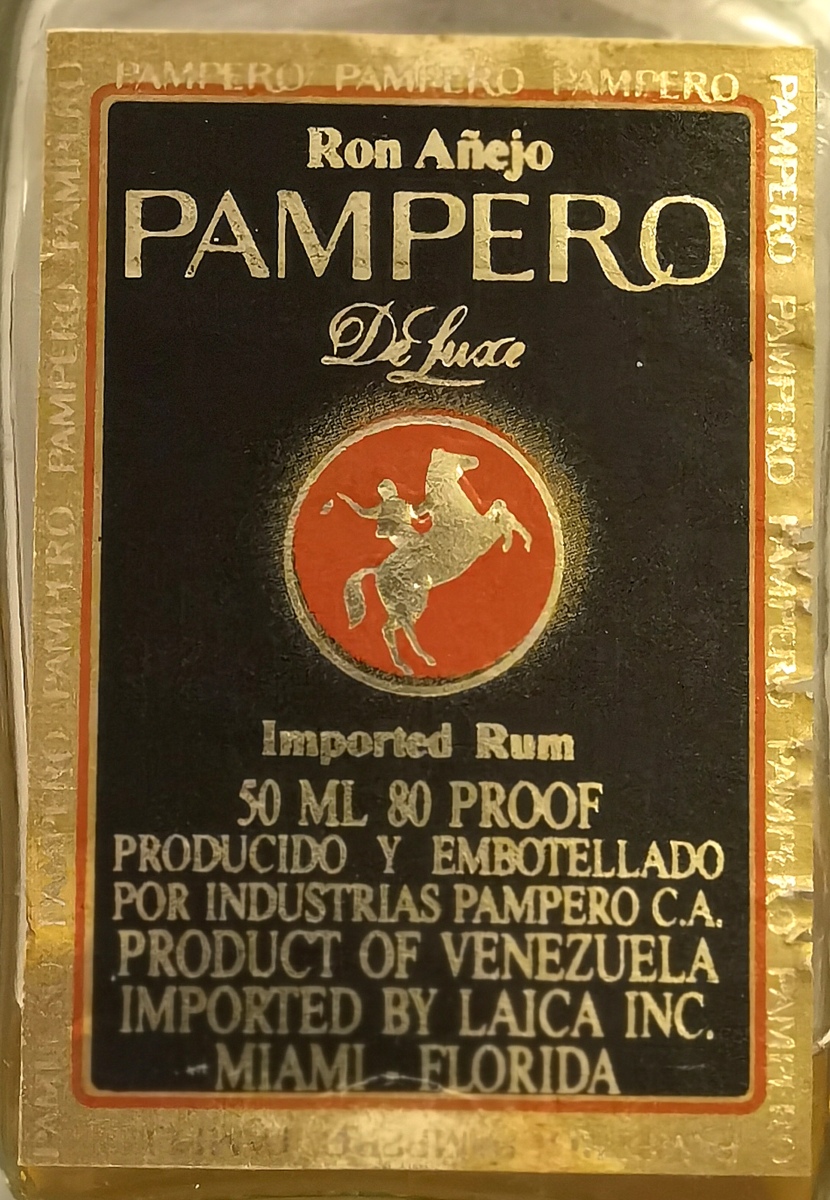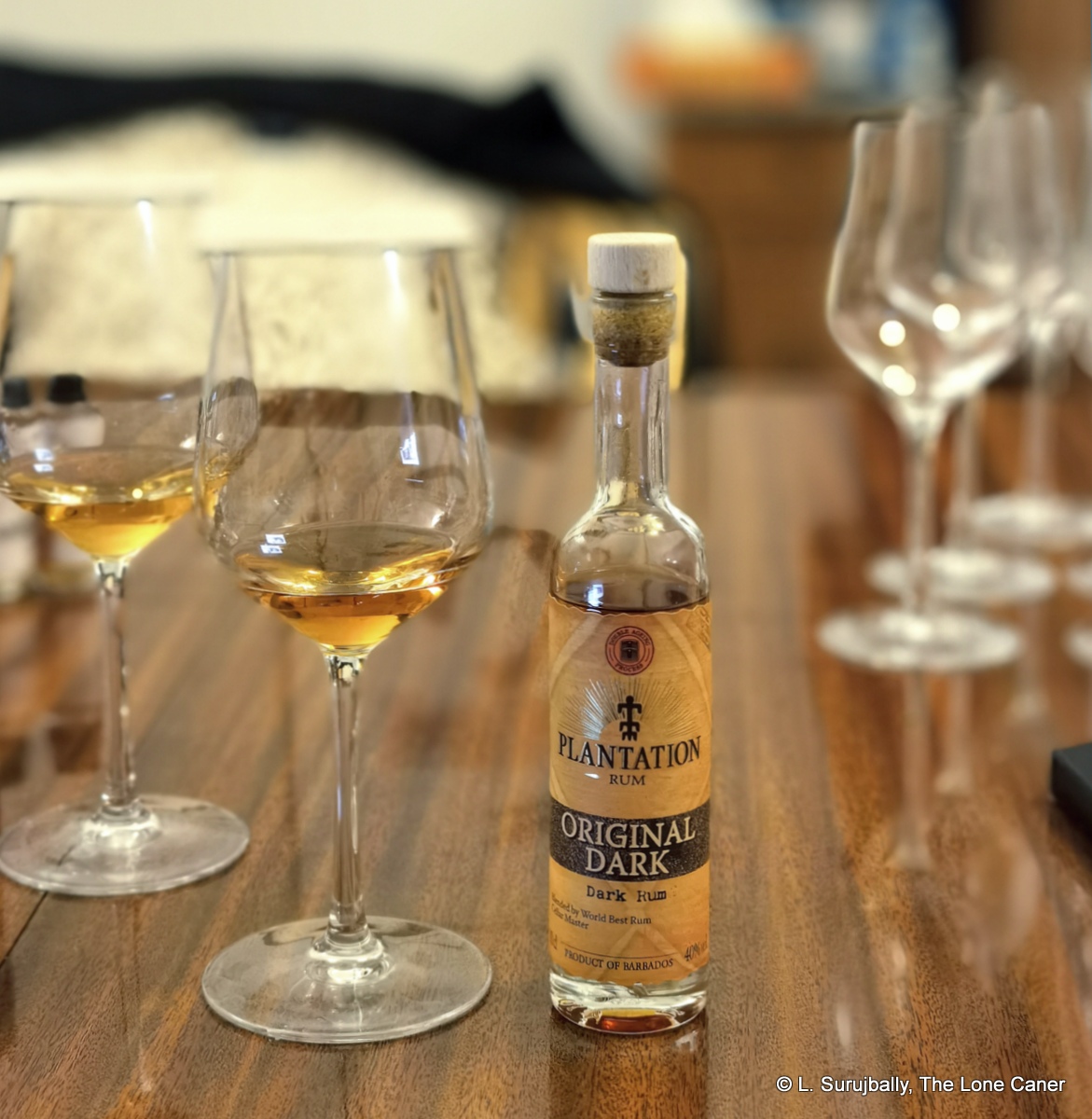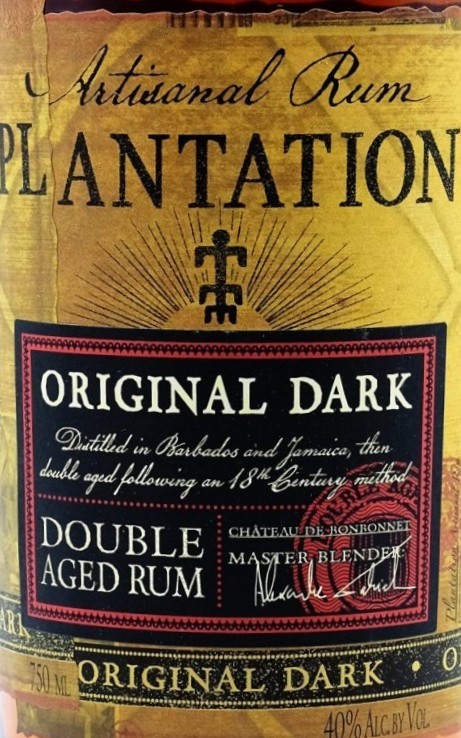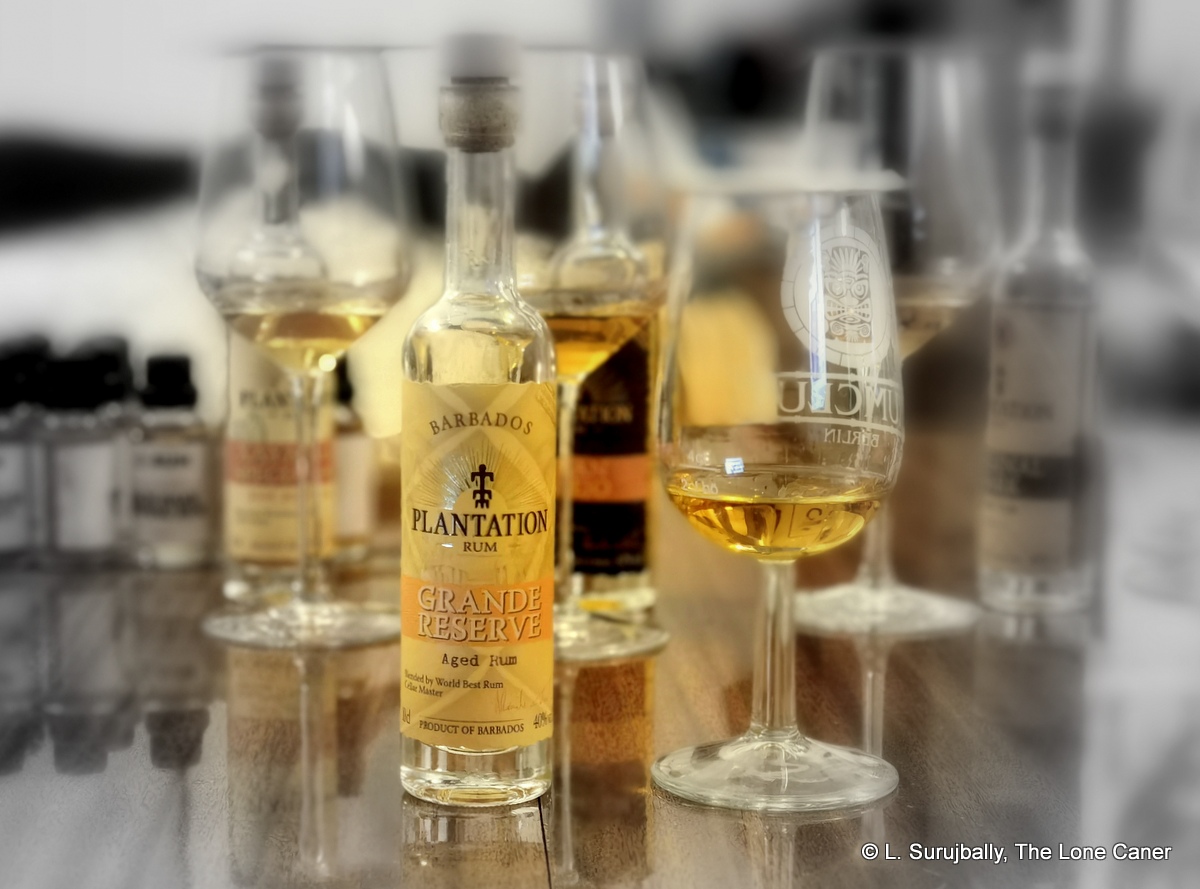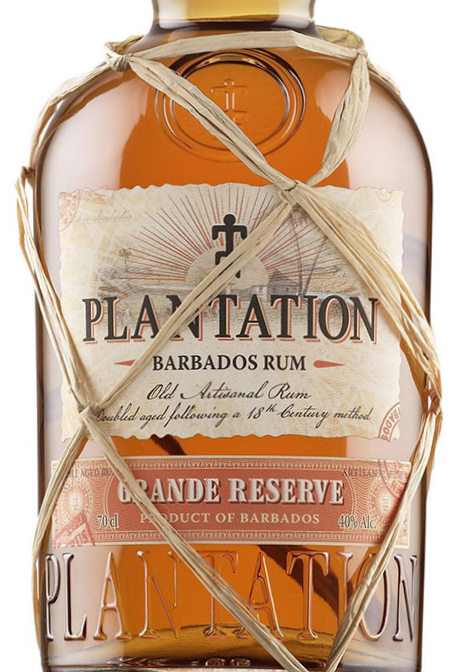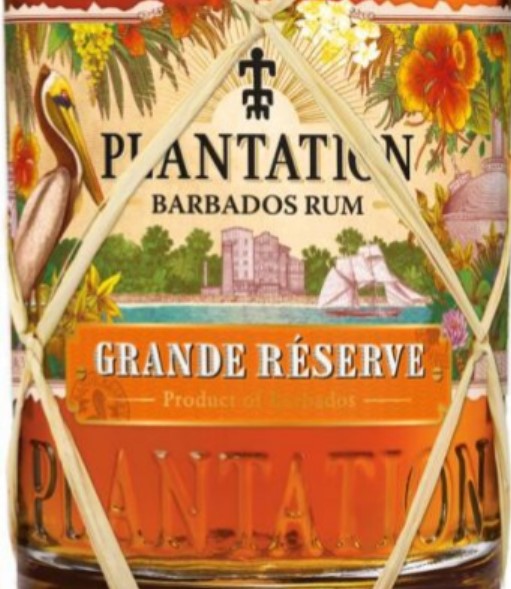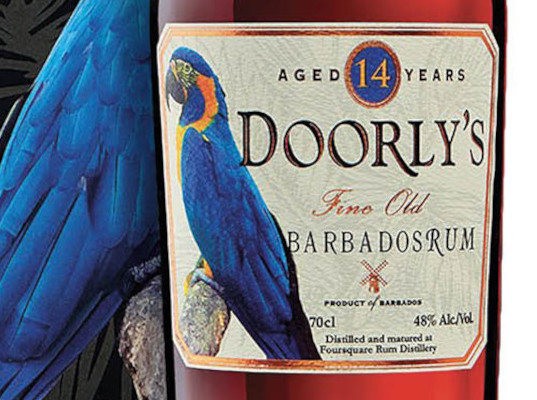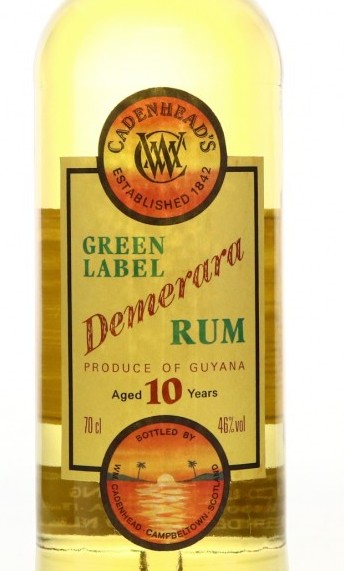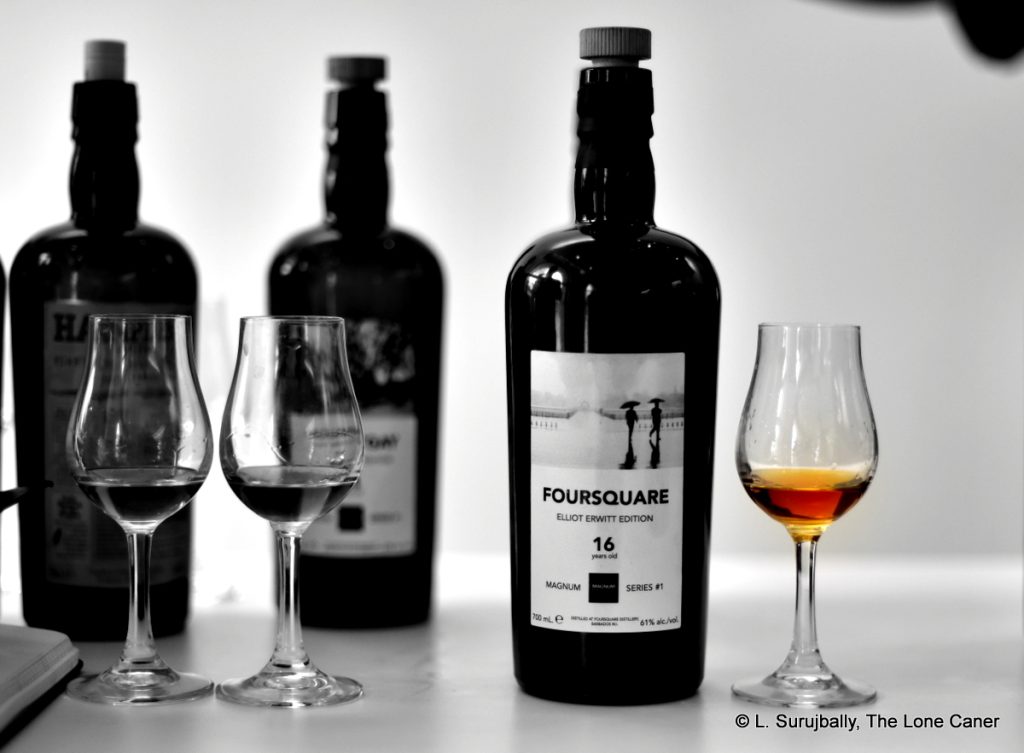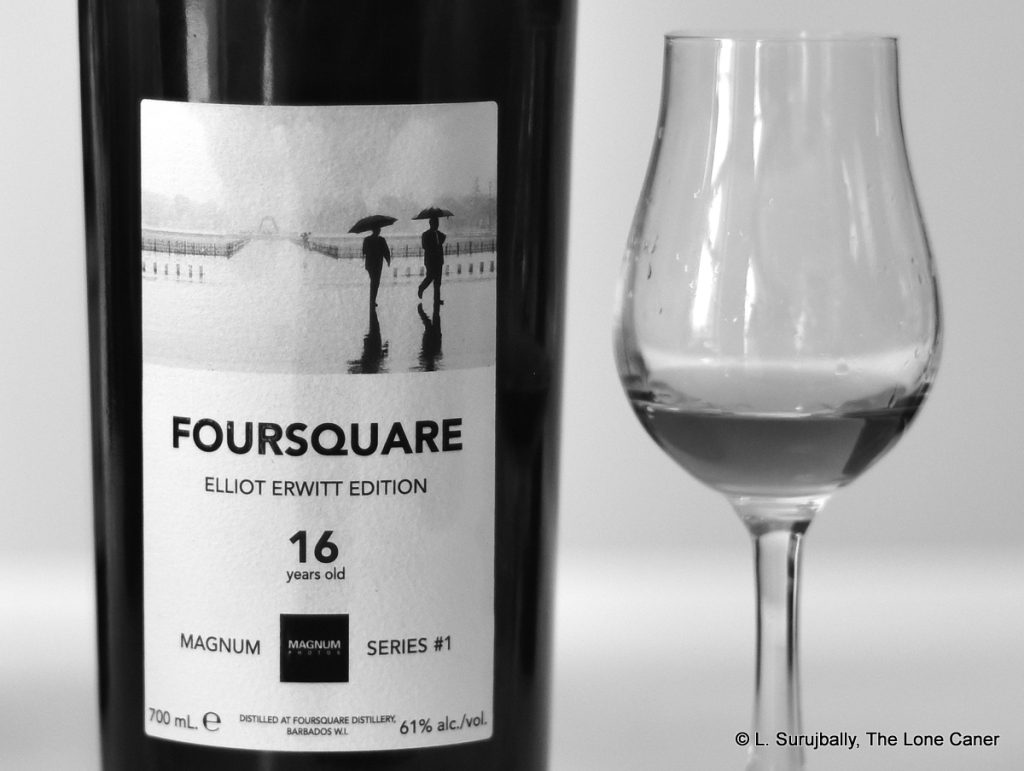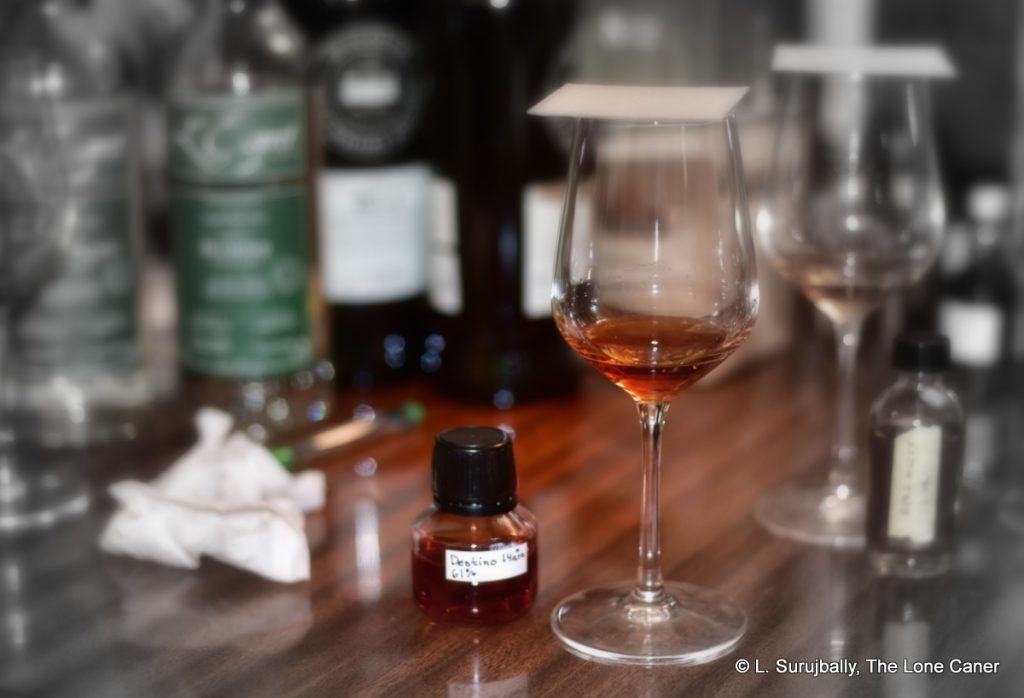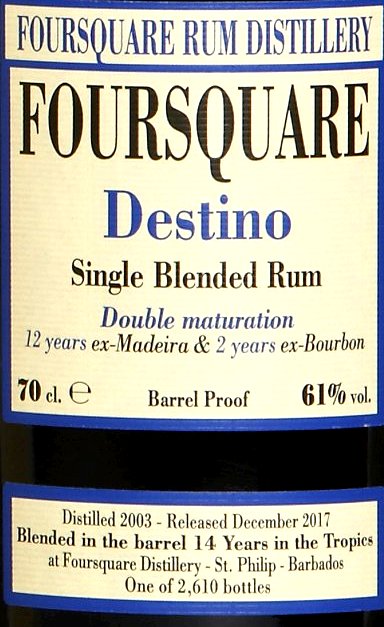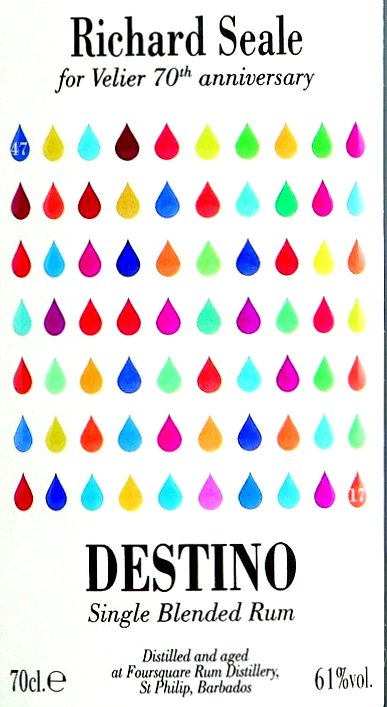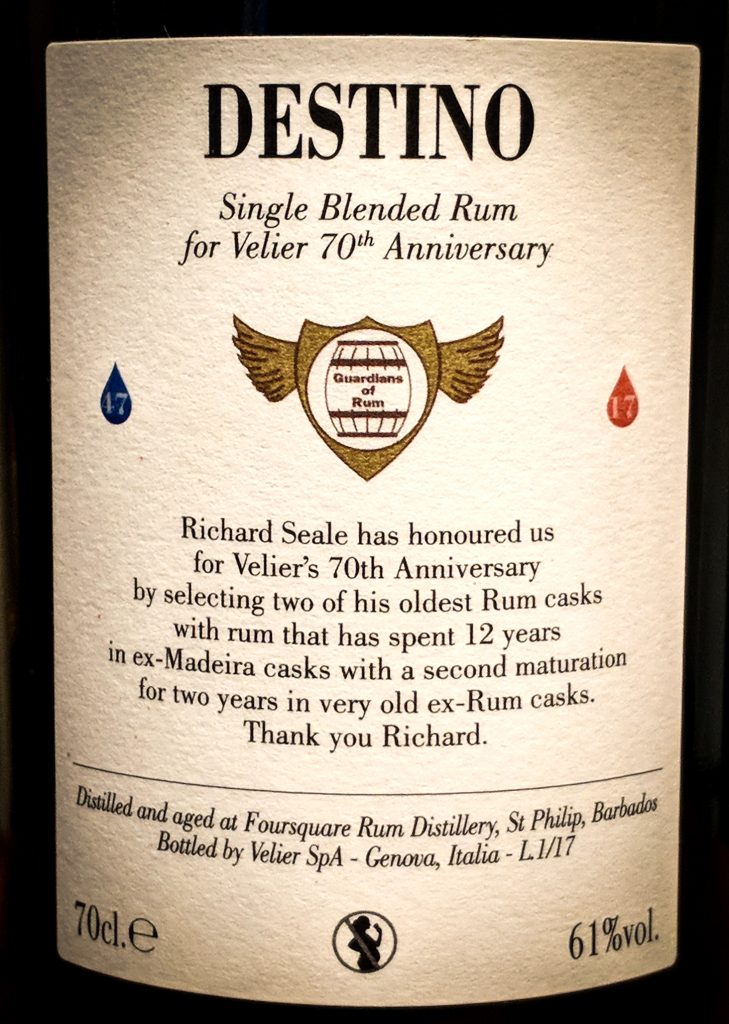You’d think that after a bit more ageing and less components to squabble together, the lacklustre performance of the underwhelming White would be somewhat redeemed, but naah, there isn’t much to report here either. Amrut continues to chase the mass market at the expense of something (anything) more upscale, and I guess we’ll have to accept that and move on.
Just to recap the background, Amrut Distillers is an Indian-founded and Indian-run spirits company which, unlike several other Indian spirits combines, did not originate from a British run colonial enterprise, and has always been completely local. They have been making rums for far longer than the whiskies for which they are now much more famous, and in the 2024 Paris Whisky Live, I took the time to see if they had upped their game any, by running through the entire (2023 released) rum line which they had on display.
In this case, that was the Two Indies “Dark” rum, which is not an aged version of the white we’ve looked at before, but a different rum altogether, with only two parts to the blend: a jaggery-based pot still rum made in the state of Karnataka and aged there in ex-bourbon, and a Jamaican rum. Now this is where we have to be careful, because RhumAttitude (a French online liquor store) says the non-Indian part is a blend of aged rums from Jamaica, Barbados and Guyana, while my preceding comment comes from Amrut’s own website product page. Moreover, it’s unclear whether the resultant blend was further aged, or simply left to marry and then bottled – if they follow the production policy of the white, then the blend is probably aged around one more year. We should accept, I think, that it’s a lightly aged sub-five-year rum and leave it there.
We may be on short rations with the info that’s provided, so let’s go to the tasting. The nose of the 42,8% Dark presents with an initial note of brine, olives, avocados, raisins, and very ripe cashews on the edge of going off. Unsurprisingly we can also smell some caramel, brown sugar, light molasses and bourbon, together with a snap of cinnamon, coca cola, freshly ground coffee beans and tannic, oaky hints bringing up the rear.
Palate wise, it’s not the sort of thing that would drive a cask-strength aficionado into fits, while fitting well for those who don’t mind something easier (and, yes, sweeter). A soft, easy, dark mouthfeel with the same raisins, olives and brininess, and maybe a few more dark fruits (prunes and plums and sapodilla). The nice thing about it is that it adds a bit of smoke and tannic bitterness at the tail end, which rescues it from sugar oblivion, and leds into a short finish that recaps all of the above and exits too quickly.
I genuinely don’t know if Amrut adds anything to the blend to make it easier sipping, but it’s hard to not at least consider the possibility. The rum just tastes a bit too caramel-y. and is sweet and thick — too much to be simply good blending, and even if this conjecture is out to lunch, it says a lot about the doubt in which Indian rums are held generally that we could entertain the thought constantly, whenever we try one.
Did I like it? A bit, I guess. My tastes are pretty ecumenical and I can appreciate a low-ender made to a different standard and for a different audience in a different country, if made with passion and ambition, as much as a top flight rum that’s more exactingly and imaginatively produced. Here what we have is a rum that seems more tailored not to piss anyone off rather than appeal to any one demographic. It is, even with the tasting notes described, somewhat simplistic, has that sweetish note, and, in the words of one frined of mine, is something of a one-trick pony that vanishes too damned fast.
The majority of Amrut’s rum sales continue to be internal rather than exported (although they do have an ever-increasing presence around the world), but they have yet to produce a rum on the level of the initial Single Malt that gave them such status and kickstarted the premium whisky game in India. The Two Indies Dark is unfortunately not the one to spearhead a similar revolution in rum, in India or elsewhere.
(#1118)(78/100) ⭐⭐⭐
Other notes
- Video recap link
- More production data (from the review of the white rum (R-1102)): The source of the juice is the Bangalore facility where the company HQ is also located, from cane grown in their backyard, and the jaggery. This is unrefined brown sugar from palm sap or sugar cane juice, with a higher mineral and vitamin content, and a staple and nutritional supplement in many parts of the world. It is known as “gur” in Urdu, “gud” in Hindi, and “vellam” in Tamil. Many Indian distillers use it to make their spirits instead of molasses; it is sourced from India’s sugar city of Mandya, SW of Bangalore. The distillates from whatever source are blended (and likely aged for a short eight-months-to-one-year period in ex-bourbon casks), then released at 42.8%, which is the Imperial 75 proof from colonial times that was never abandoned.
